Everyone at Plant en Houtgoed is keen to blur the boundaries between theory and practice, design and construction, manual work and learning processes.
Regardless of our training and specific skills, we feel members of a larger environment with a purpose, as part of our being in the world, which also includes the animals, the plants and the places we work with on a daily basis.
We relate on a basis of trust and care. Our care-taker team is also composed of a flock of sheep: they care for a network of nature reserves and parks. We share tools, practices and time both within and across the different organizations, transferring skills and learning from each other. During rush periods we mutualize the workforce. We grow the potential of the farm by starting new experiments, collectively. We set out for study trips, encounters and discoveries to broaden our horizons.
Interested in joining our team? Discover our job opportunities.
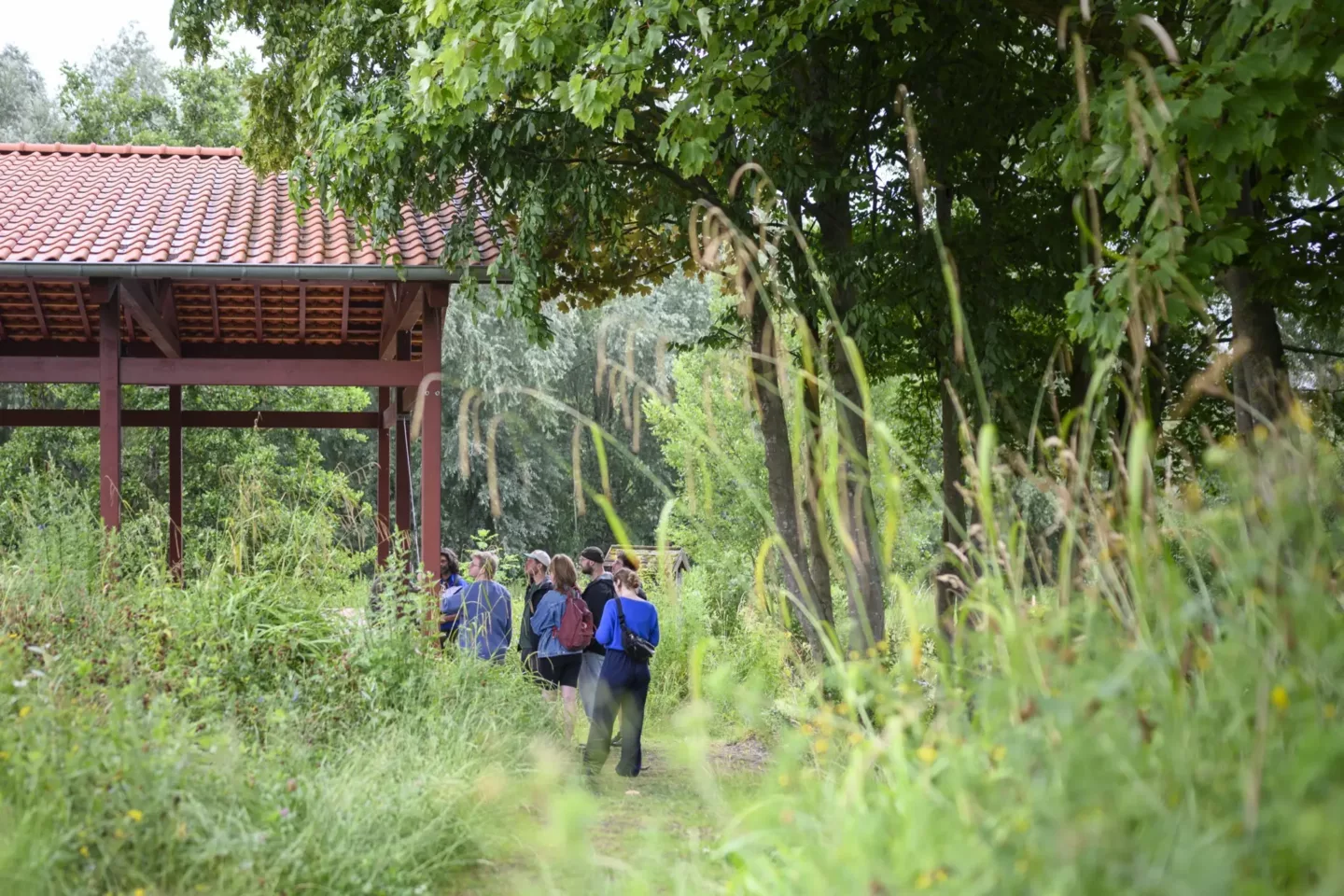
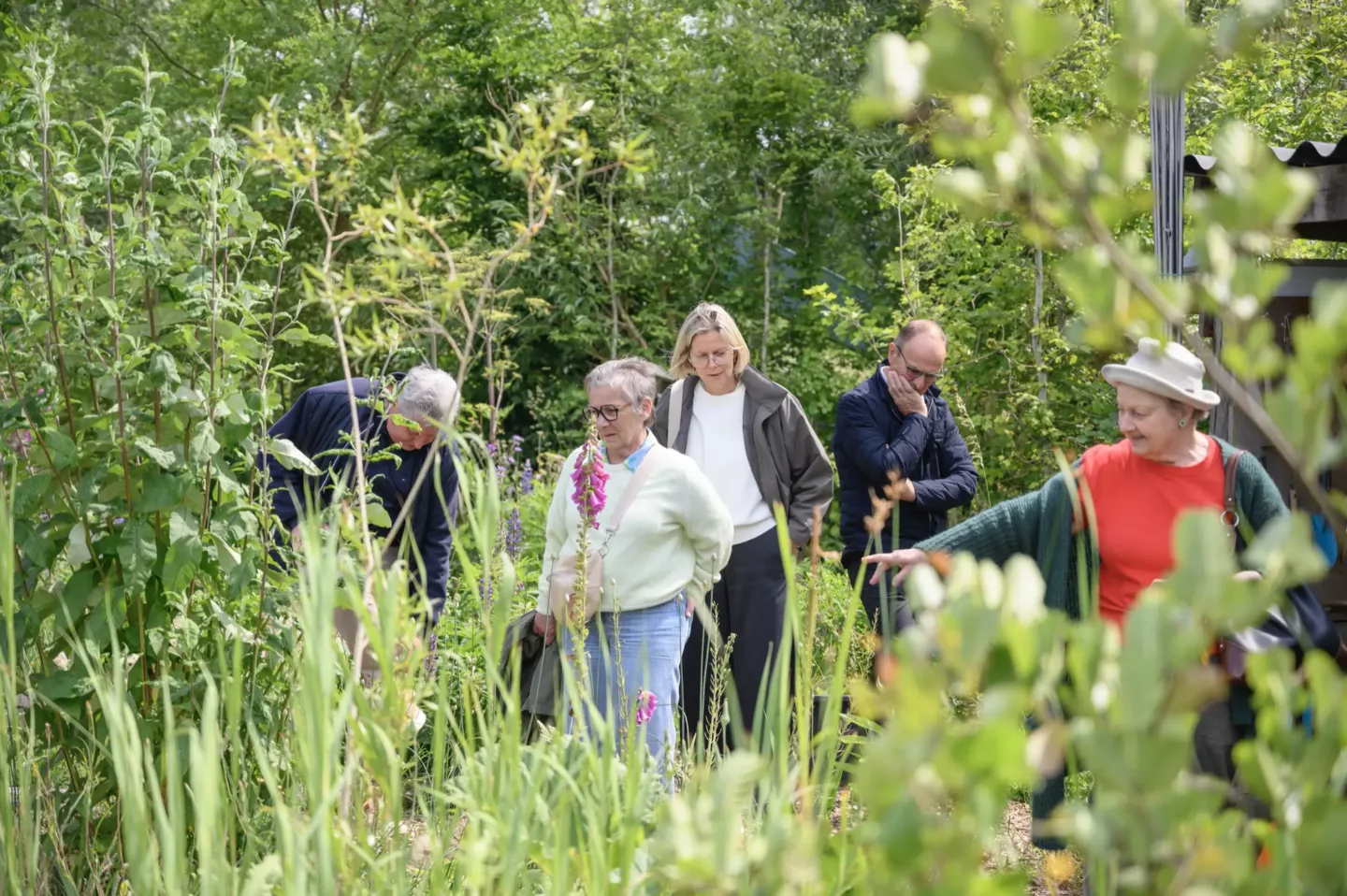
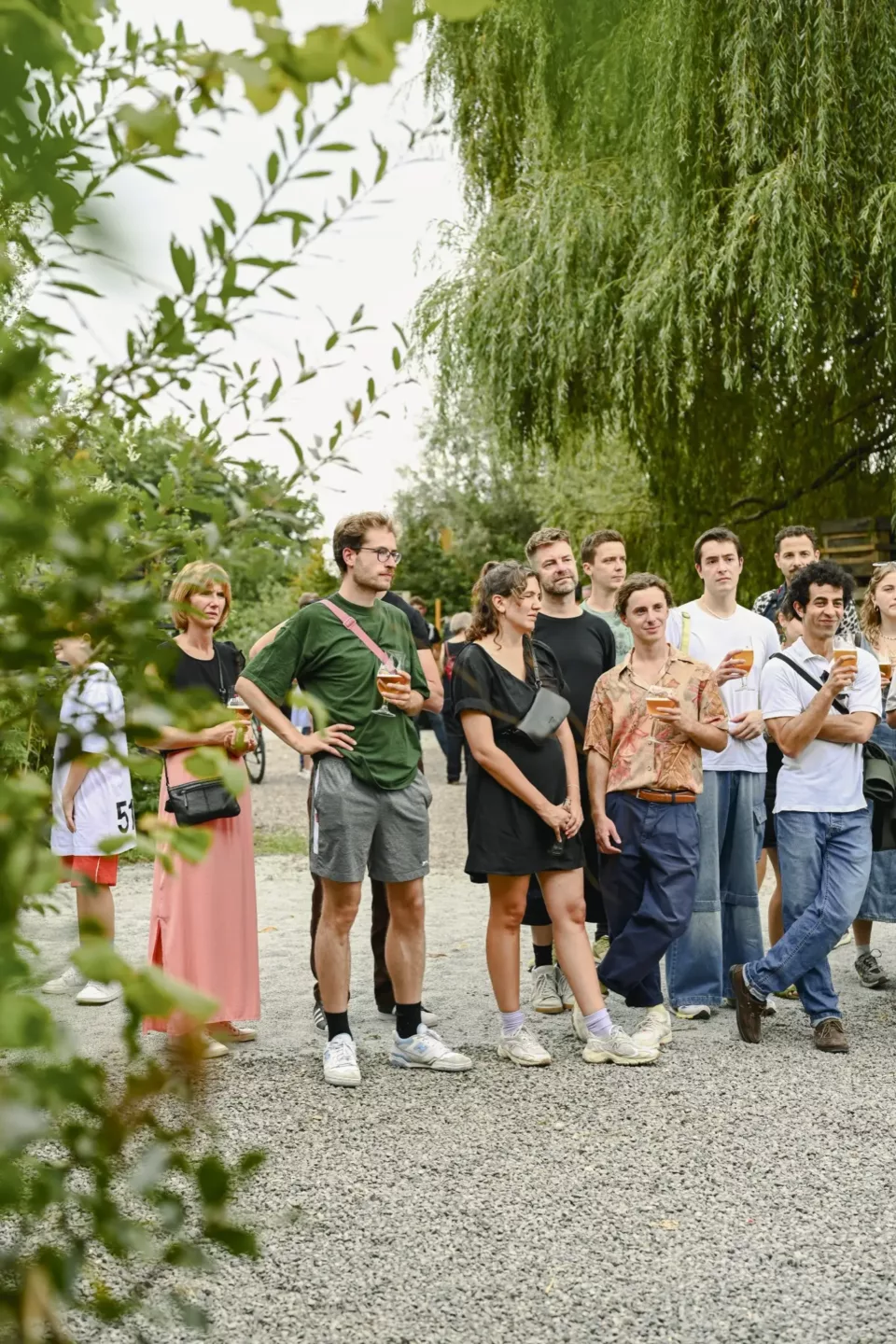
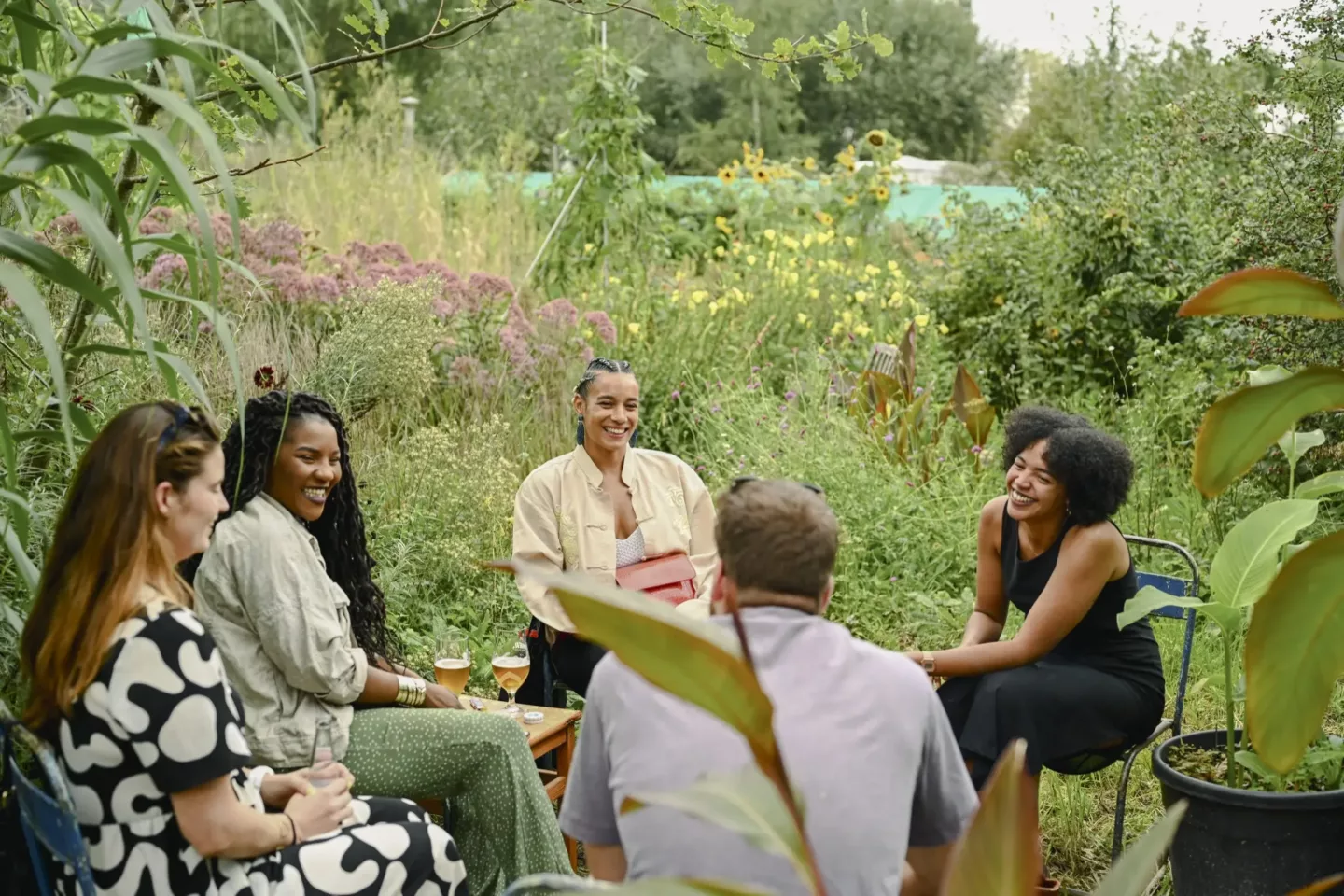
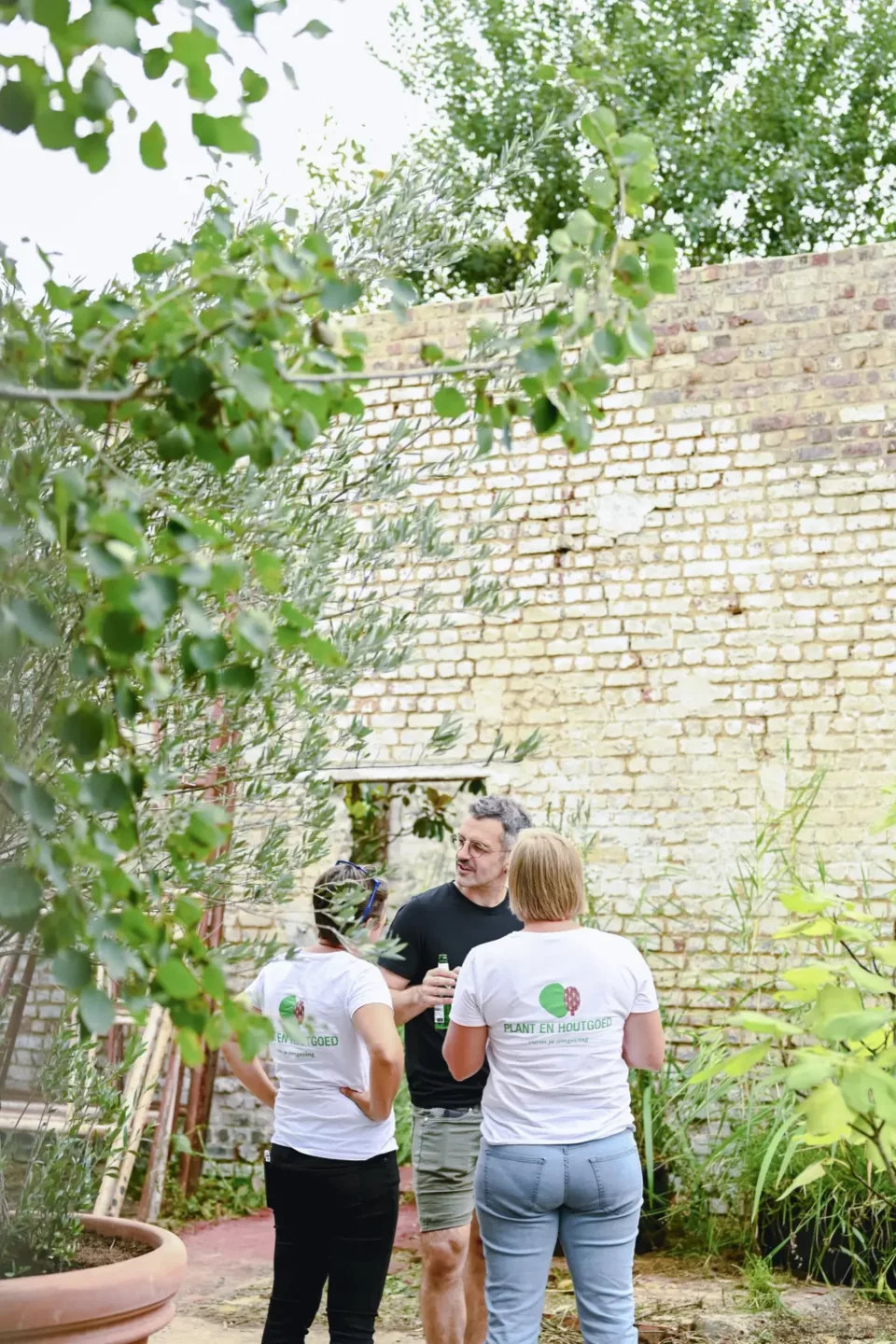
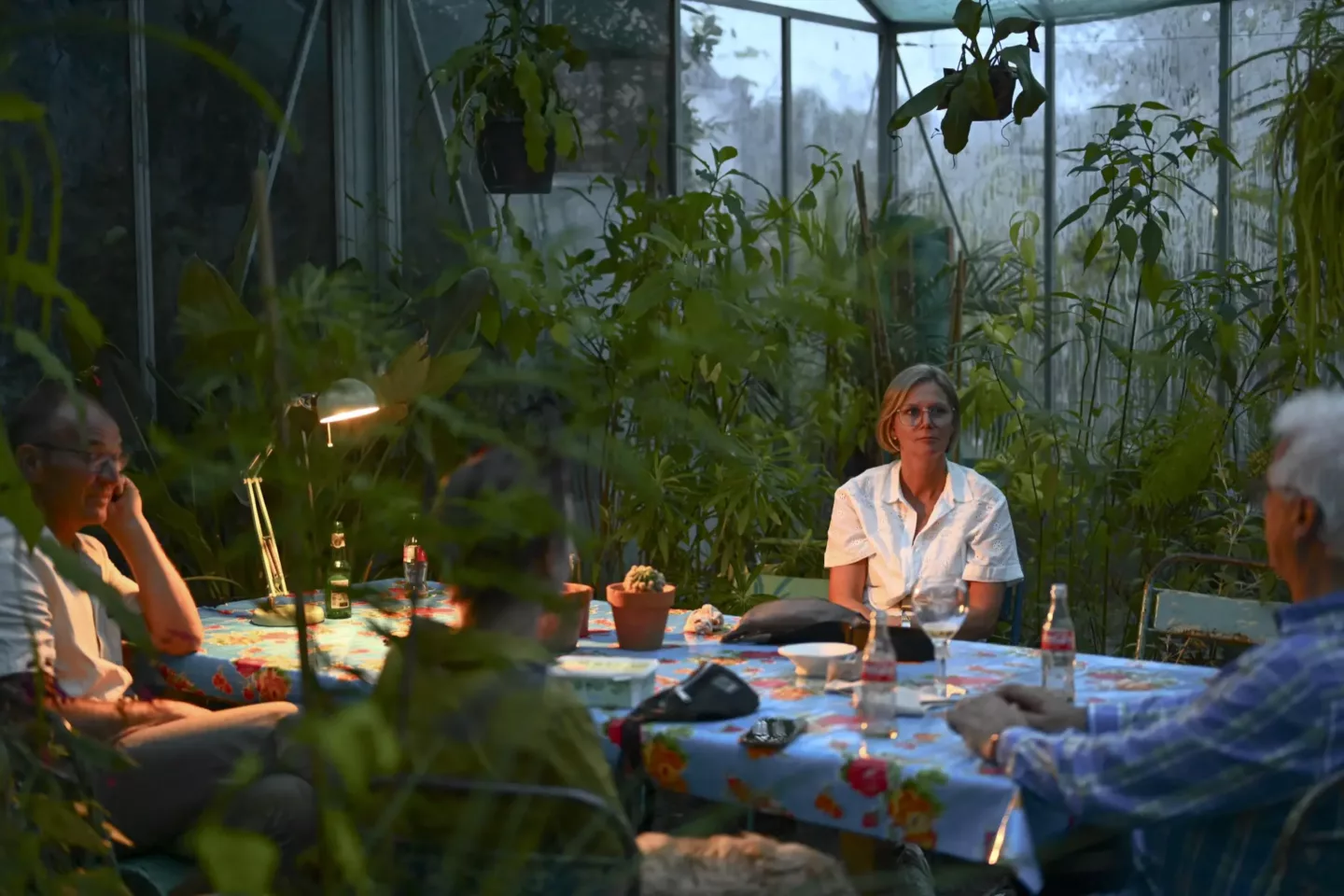
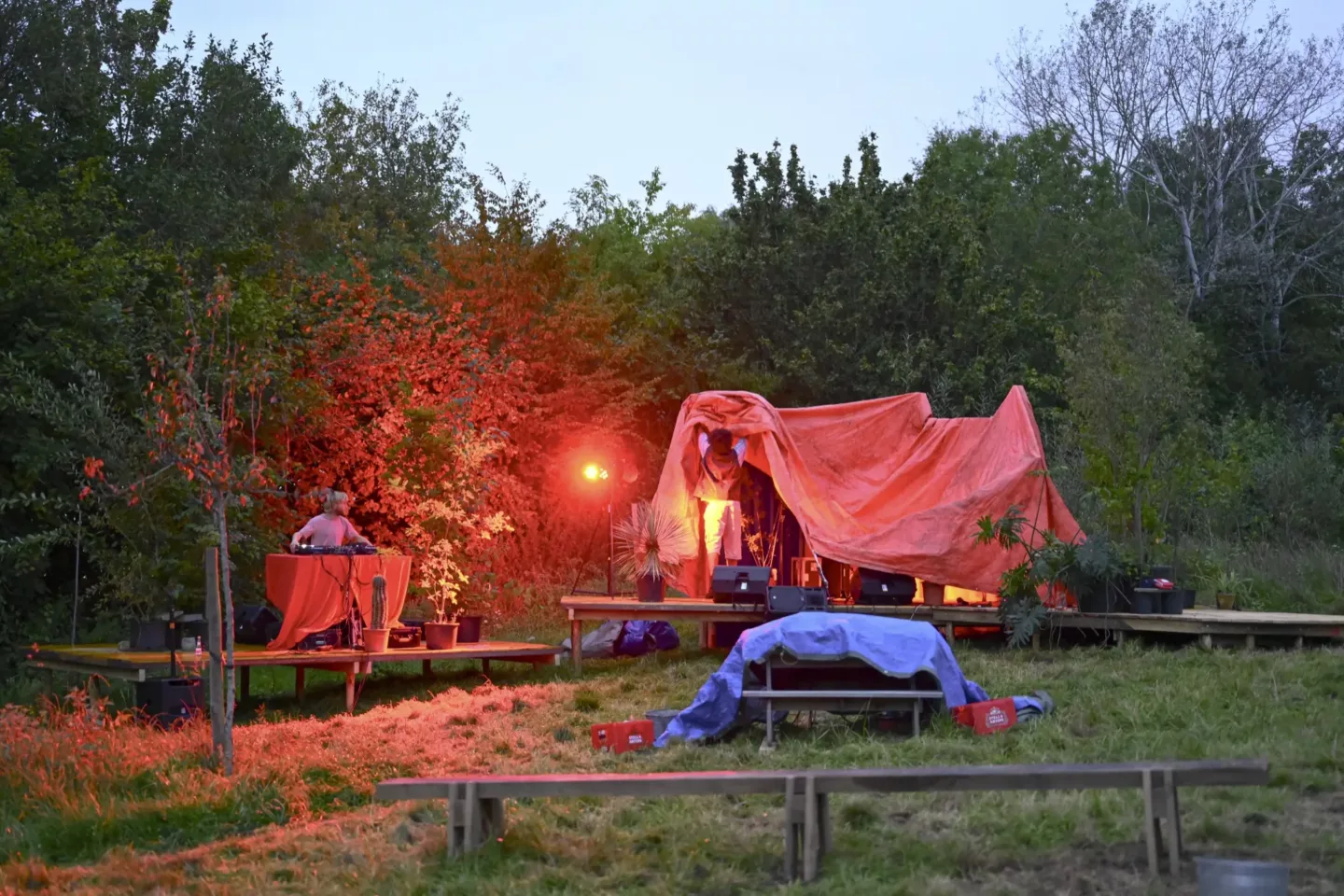
Fostering Exchange and Continuous Learning
By sharing physical spaces and embedding knowledge exchange into our daily routines, we cultivate a culture rooted in collaboration and learning.
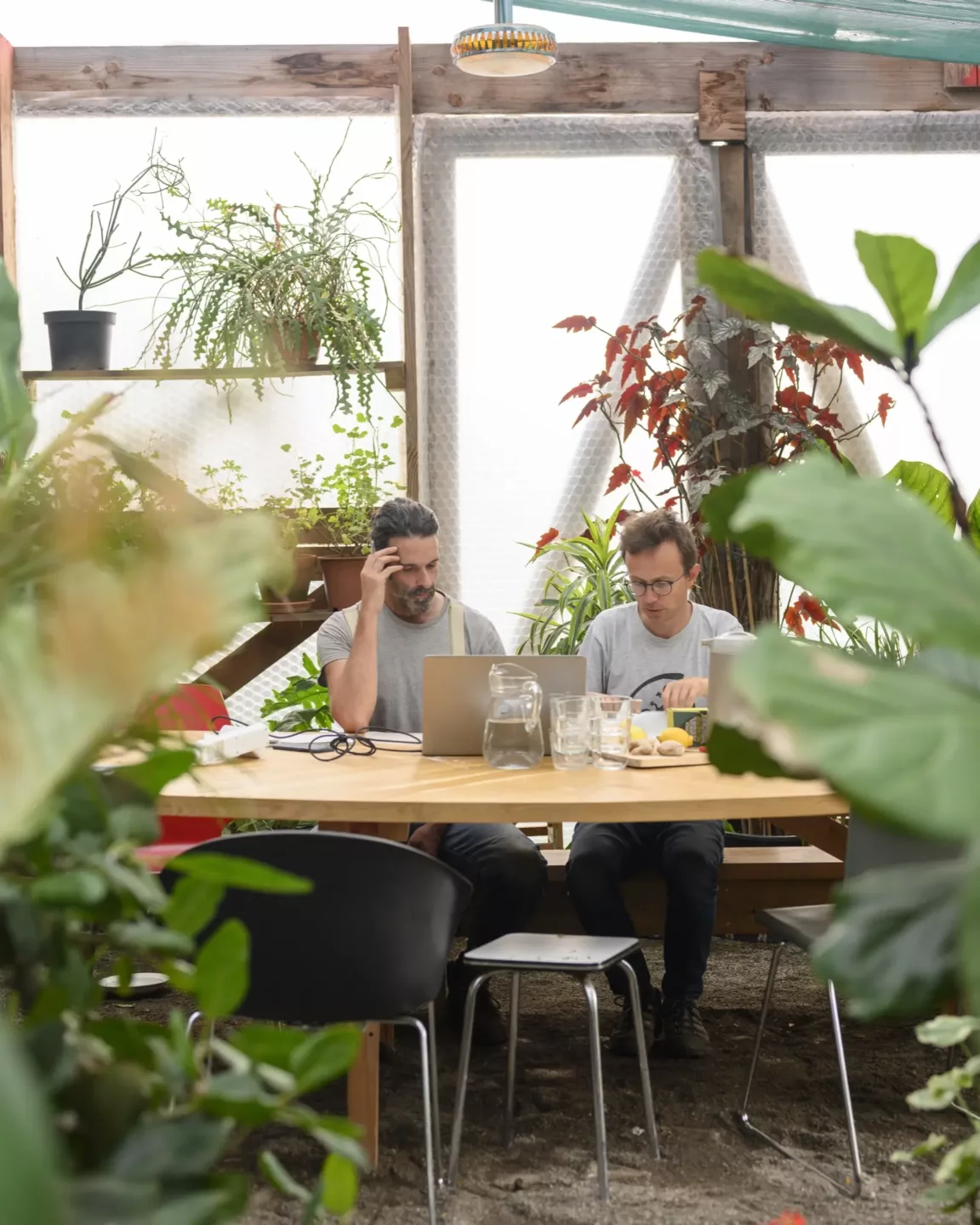
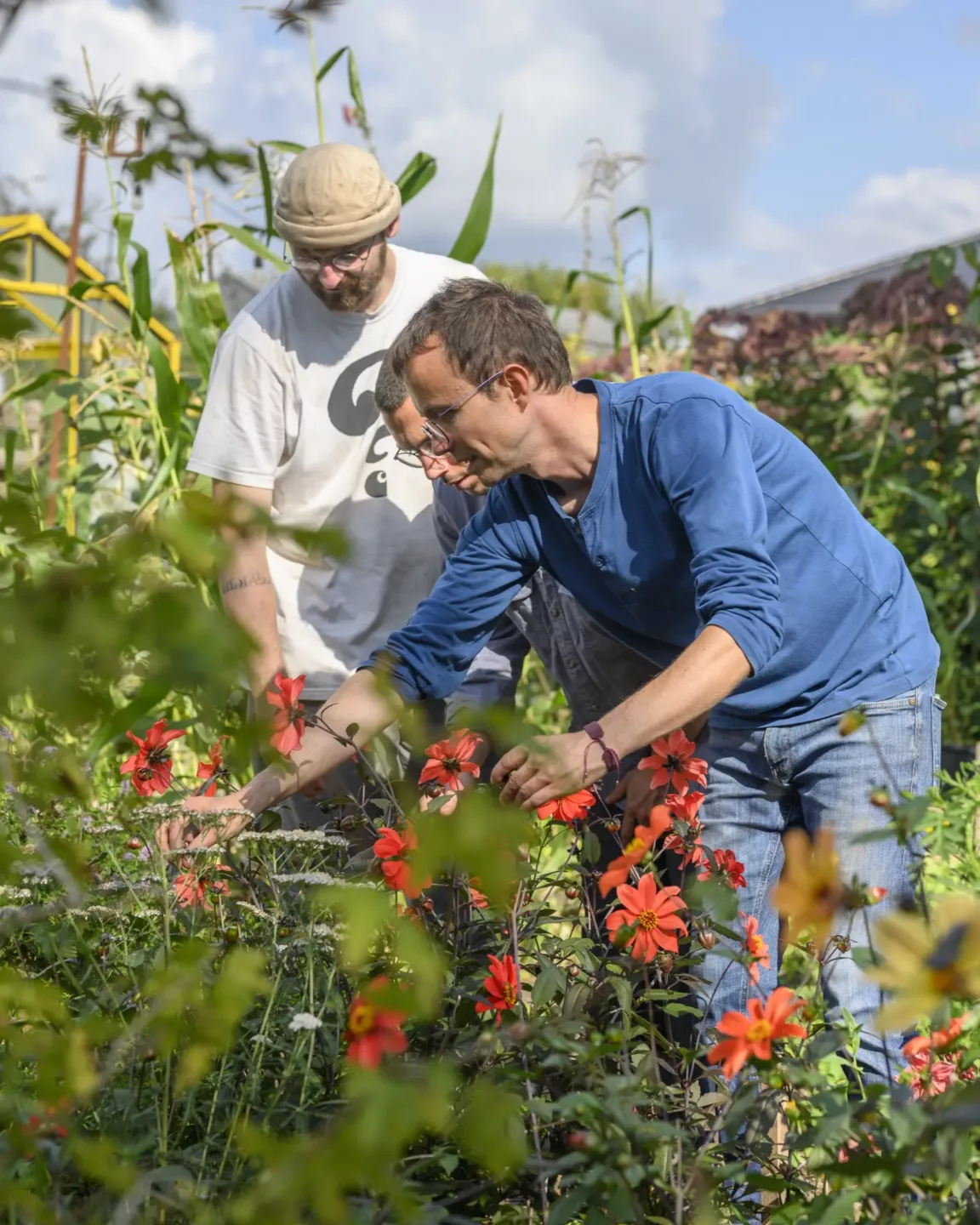
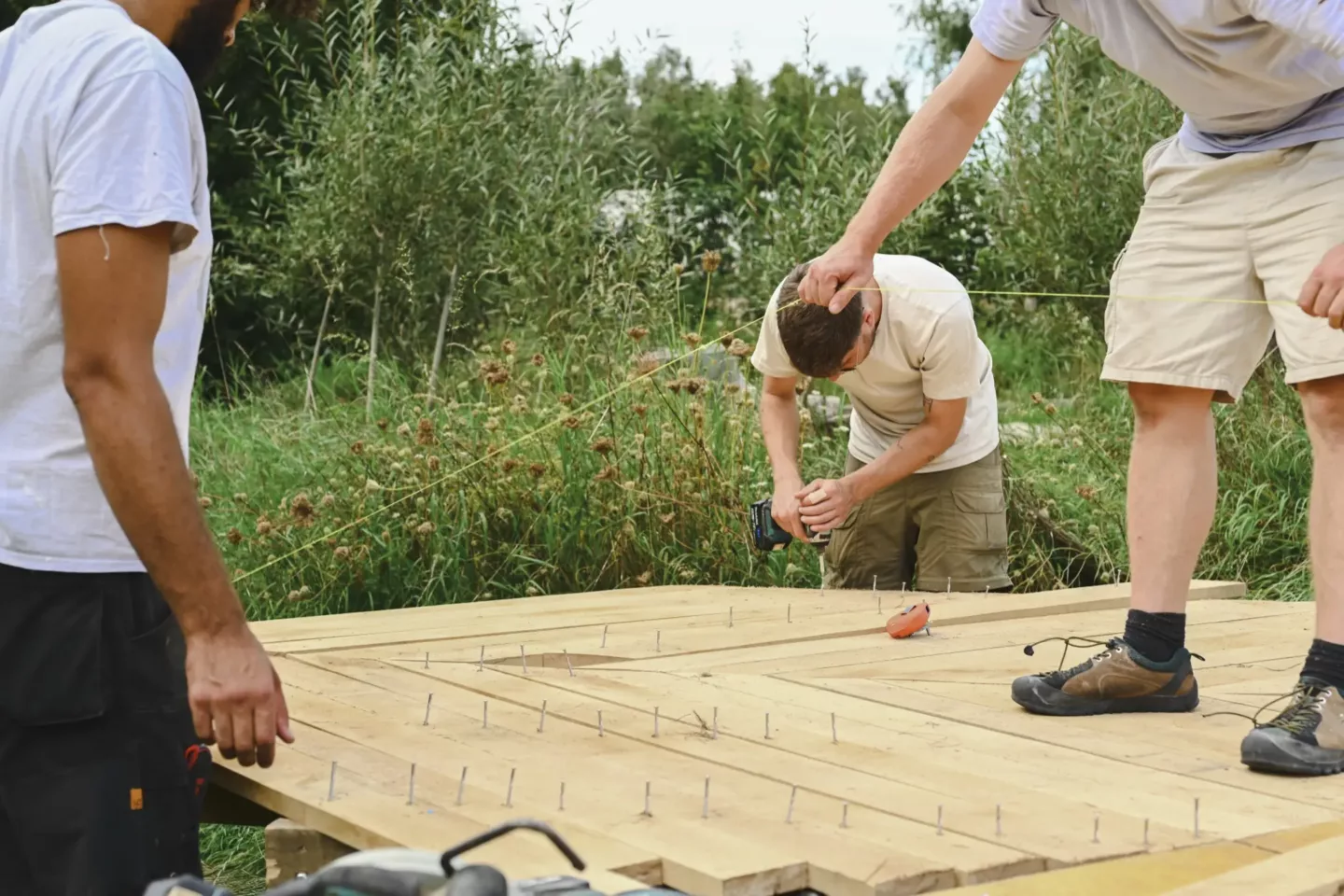
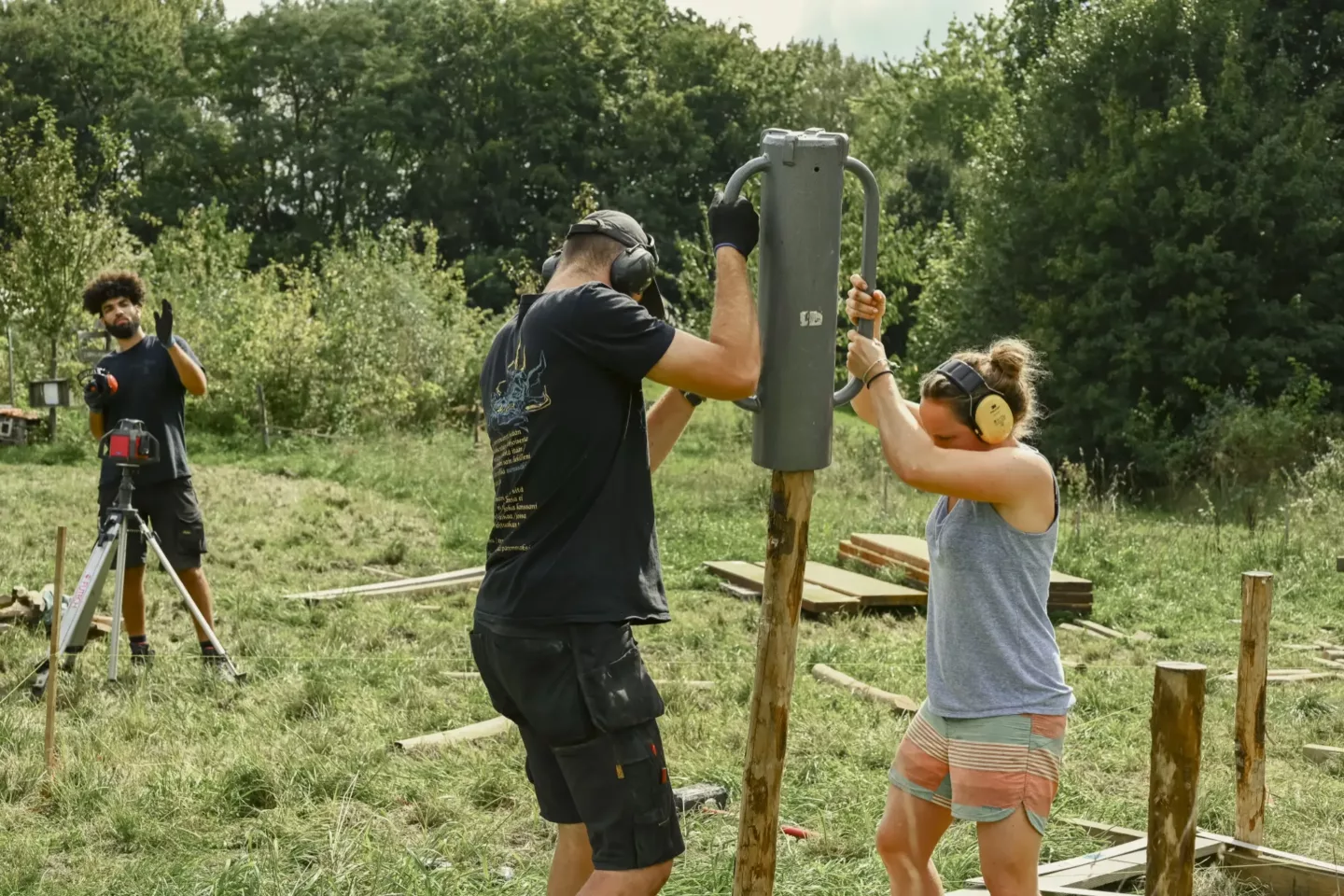
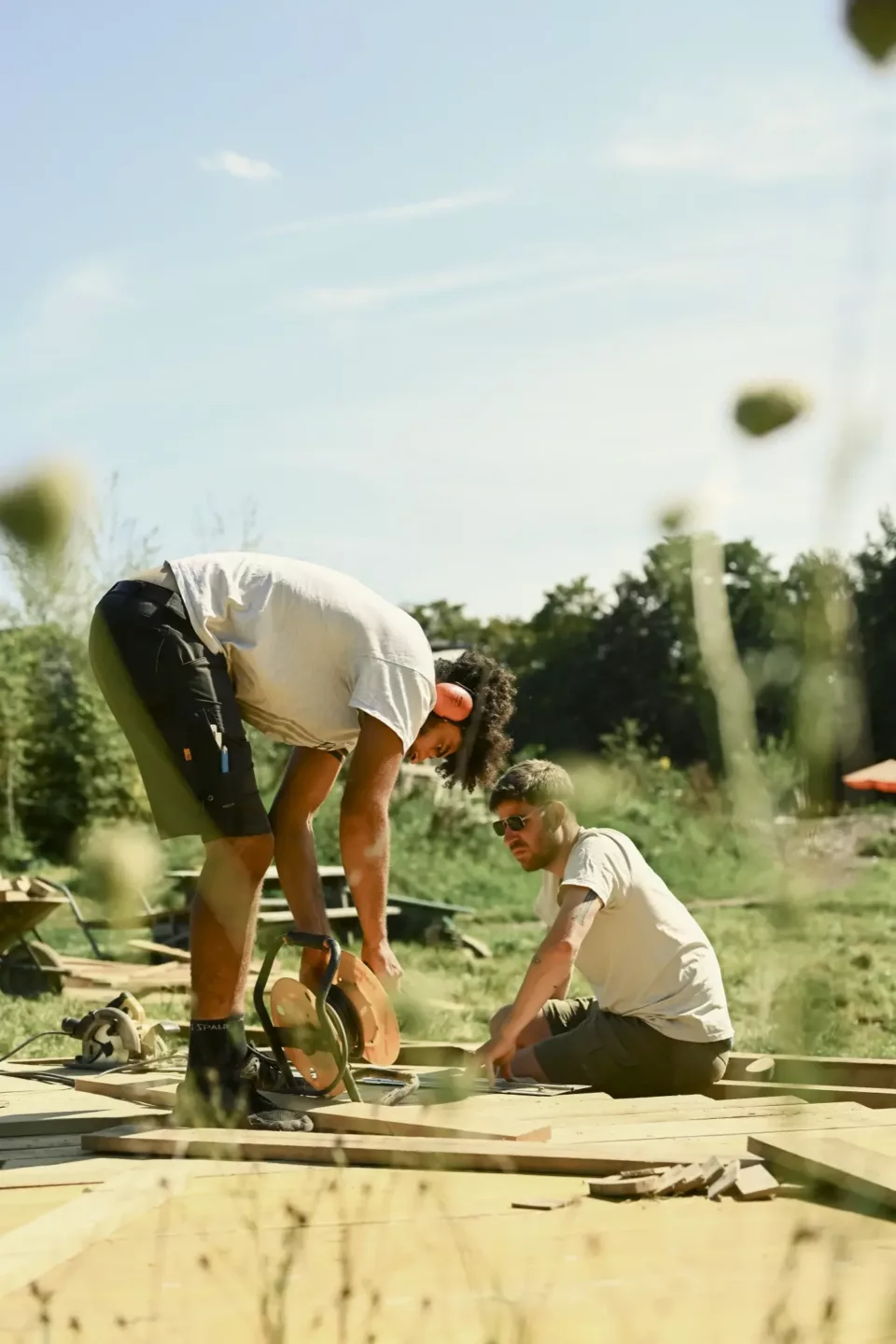
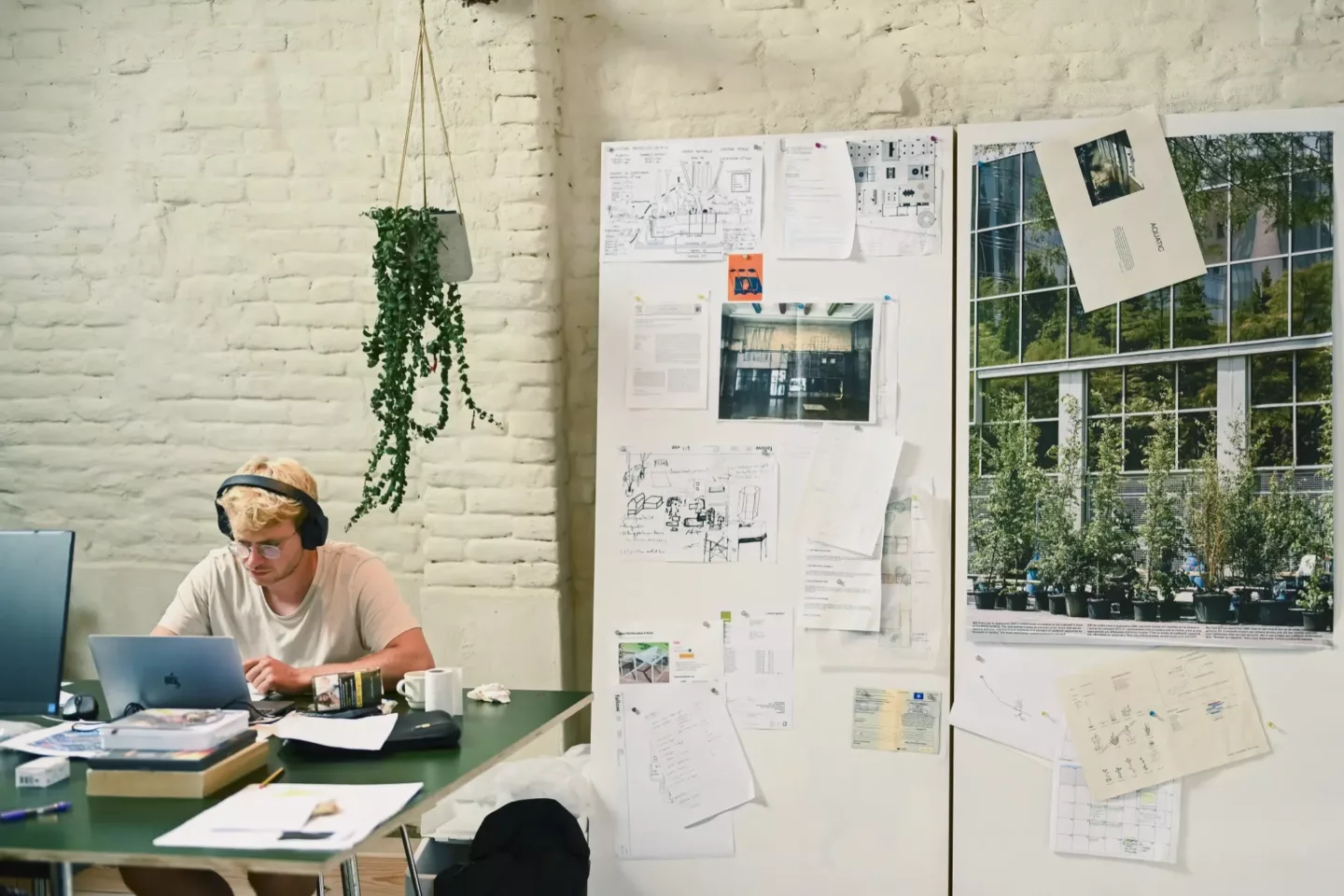
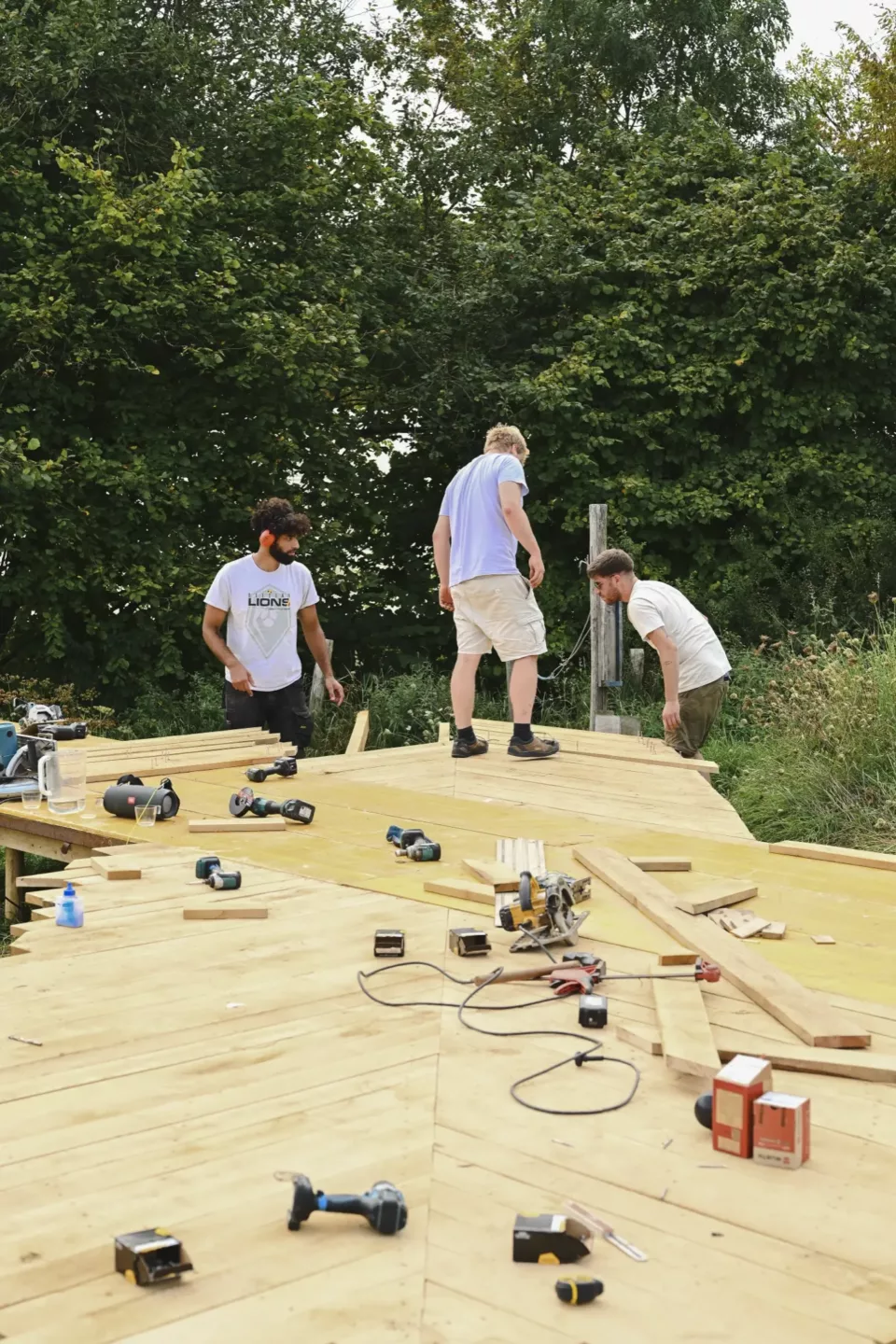
Blurring the Line Between Office and Construction Work
As a design-and-build organization, we believe strongly in breaking down the traditional barriers between office and construction roles. Redefining these roles creates added value across the different organizations.
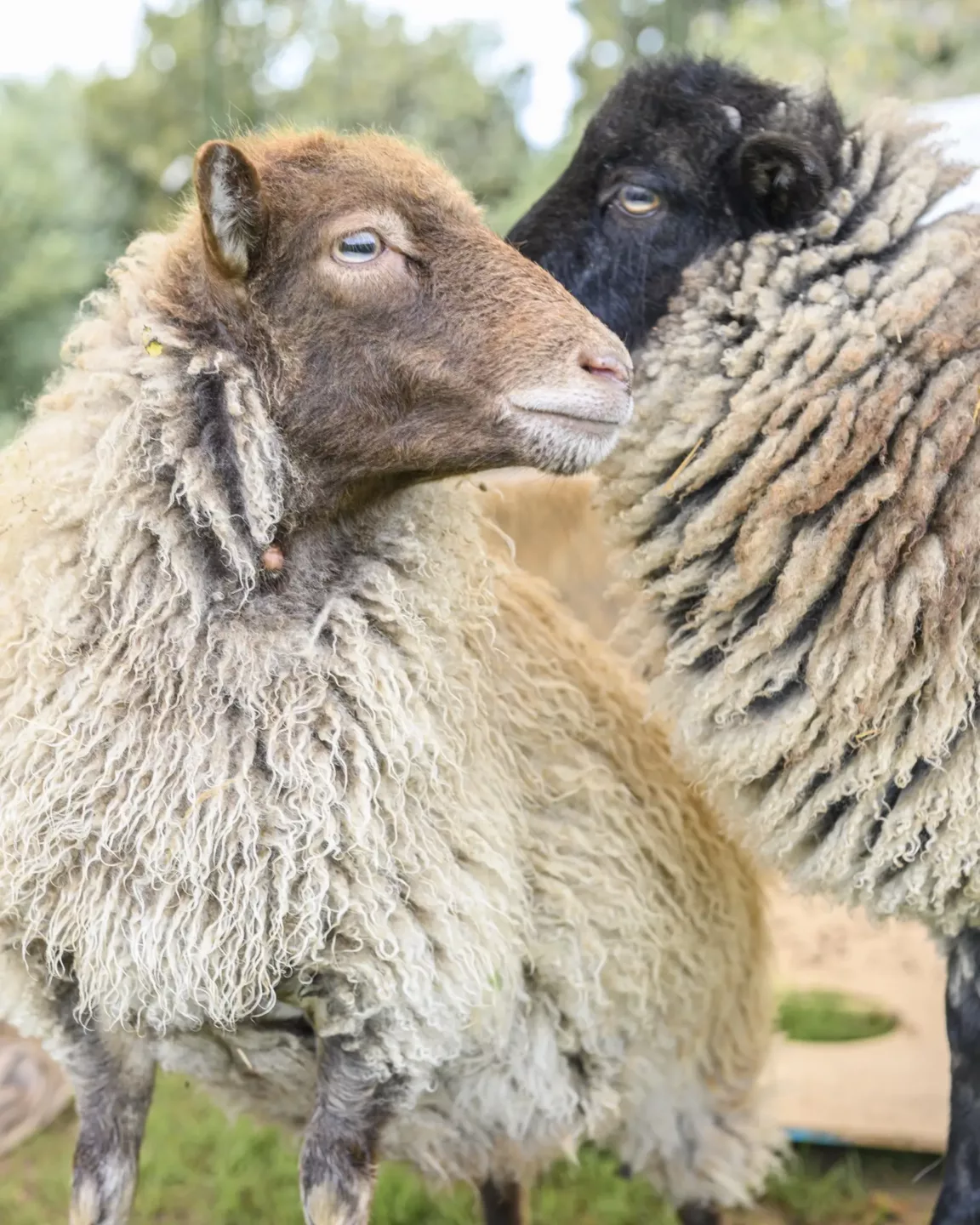
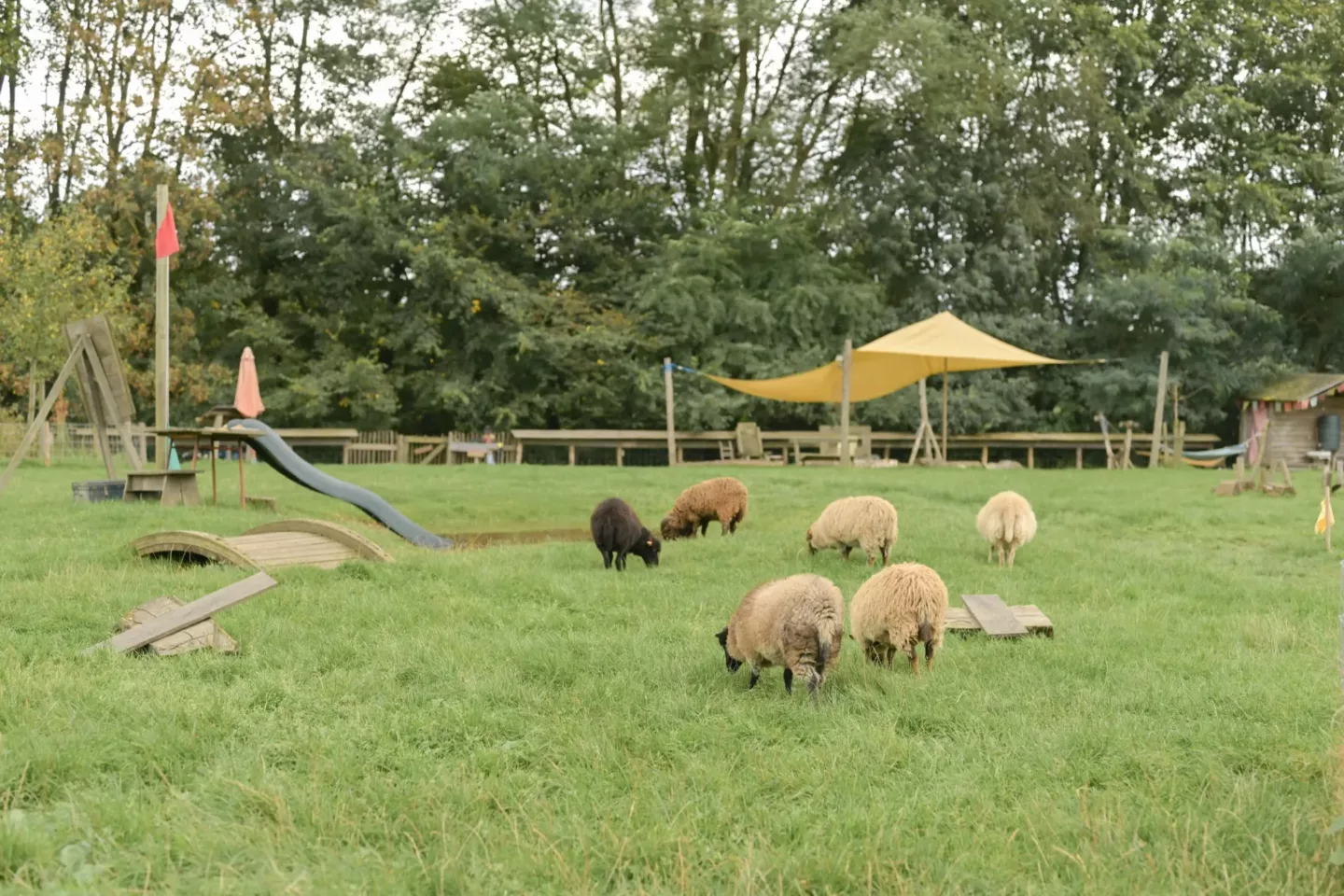
Non-Human Caretakers
Our care team is composed not only of people but also of a flock of sheep. Their natural behaviors help shape and manage the landscape in ways that often surpass human intervention. Together with a series of carefully considered support measures, this partnership allows us to move beyond conventional “maintenance” toward a more mindful and responsive practice of “care.”

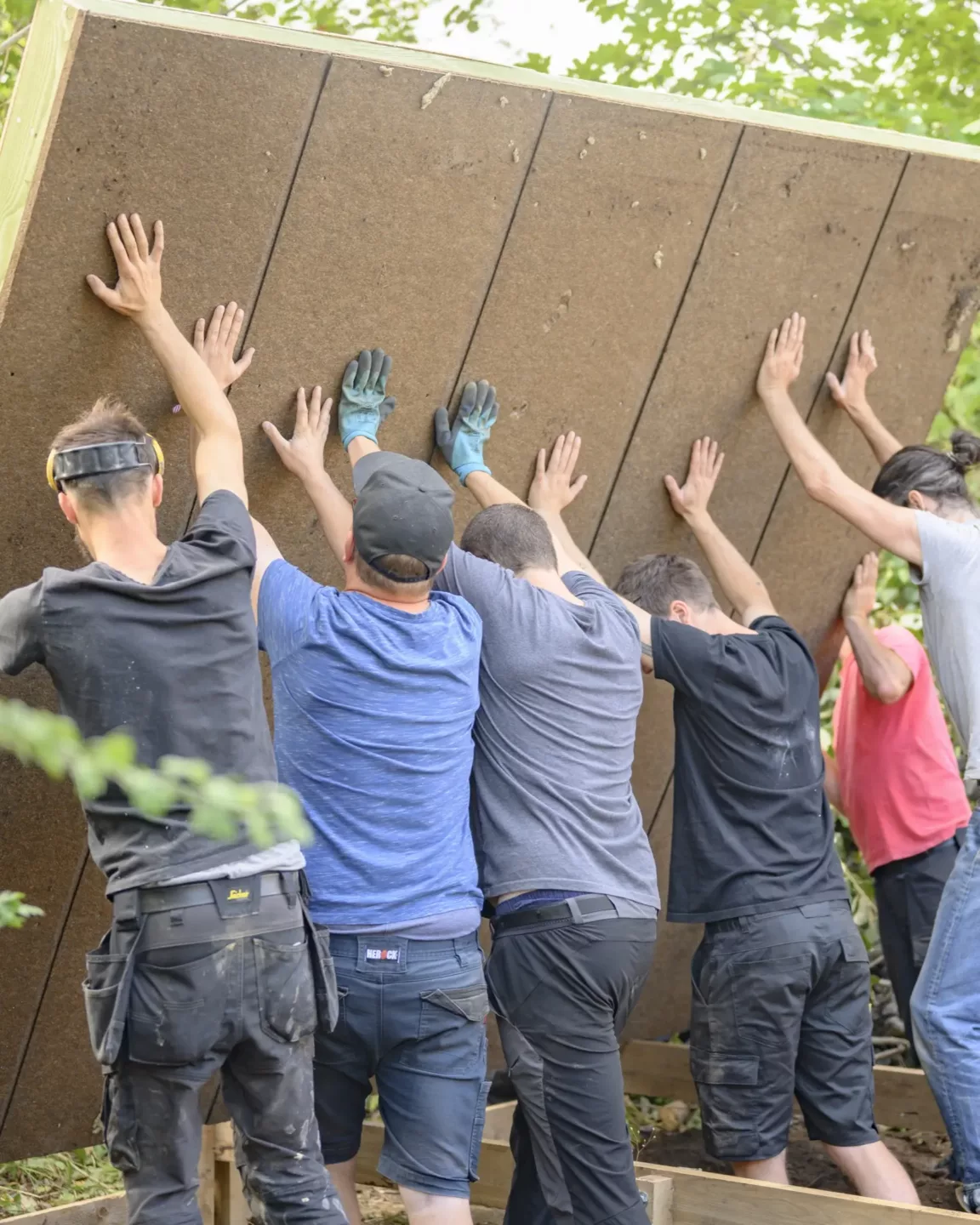
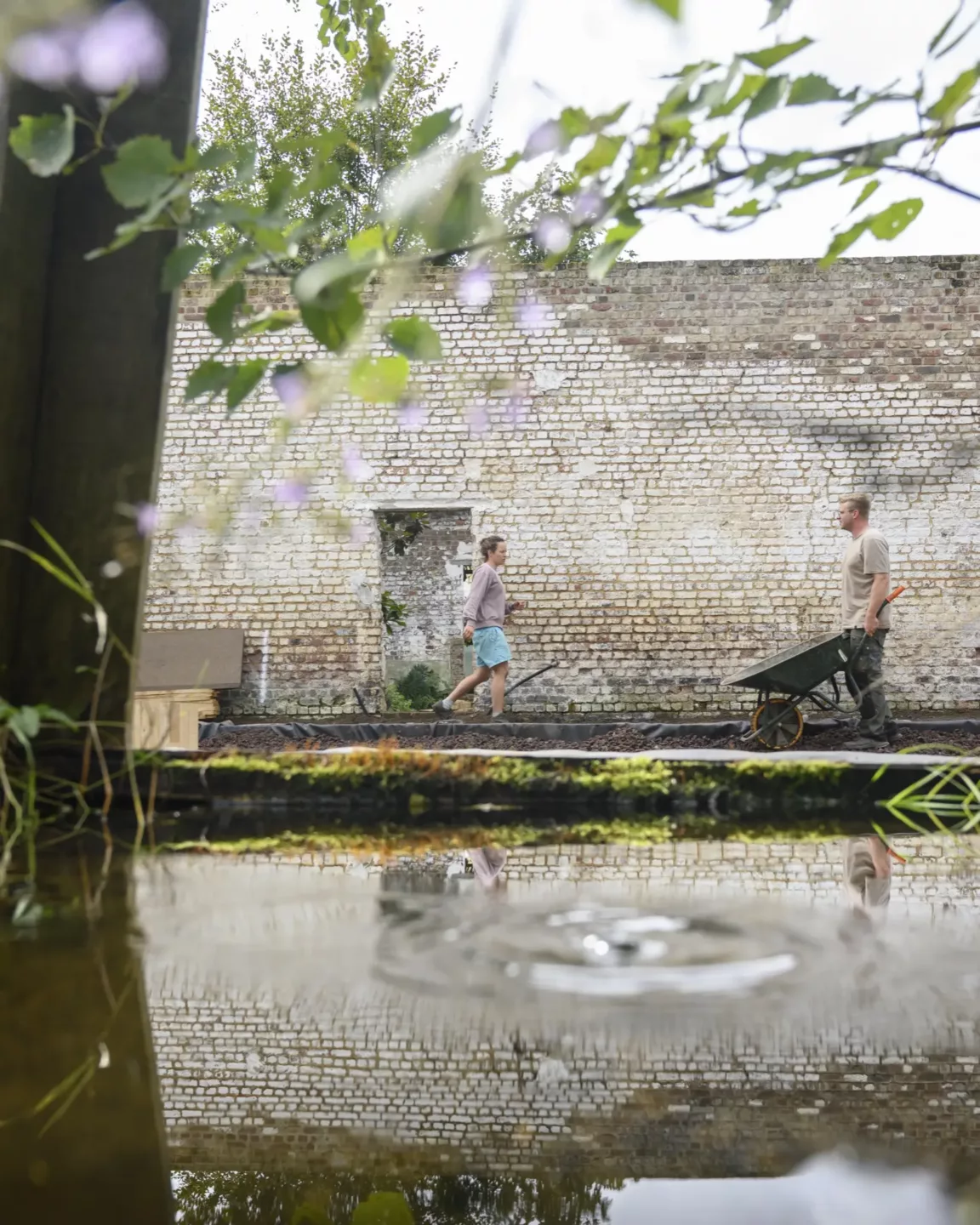
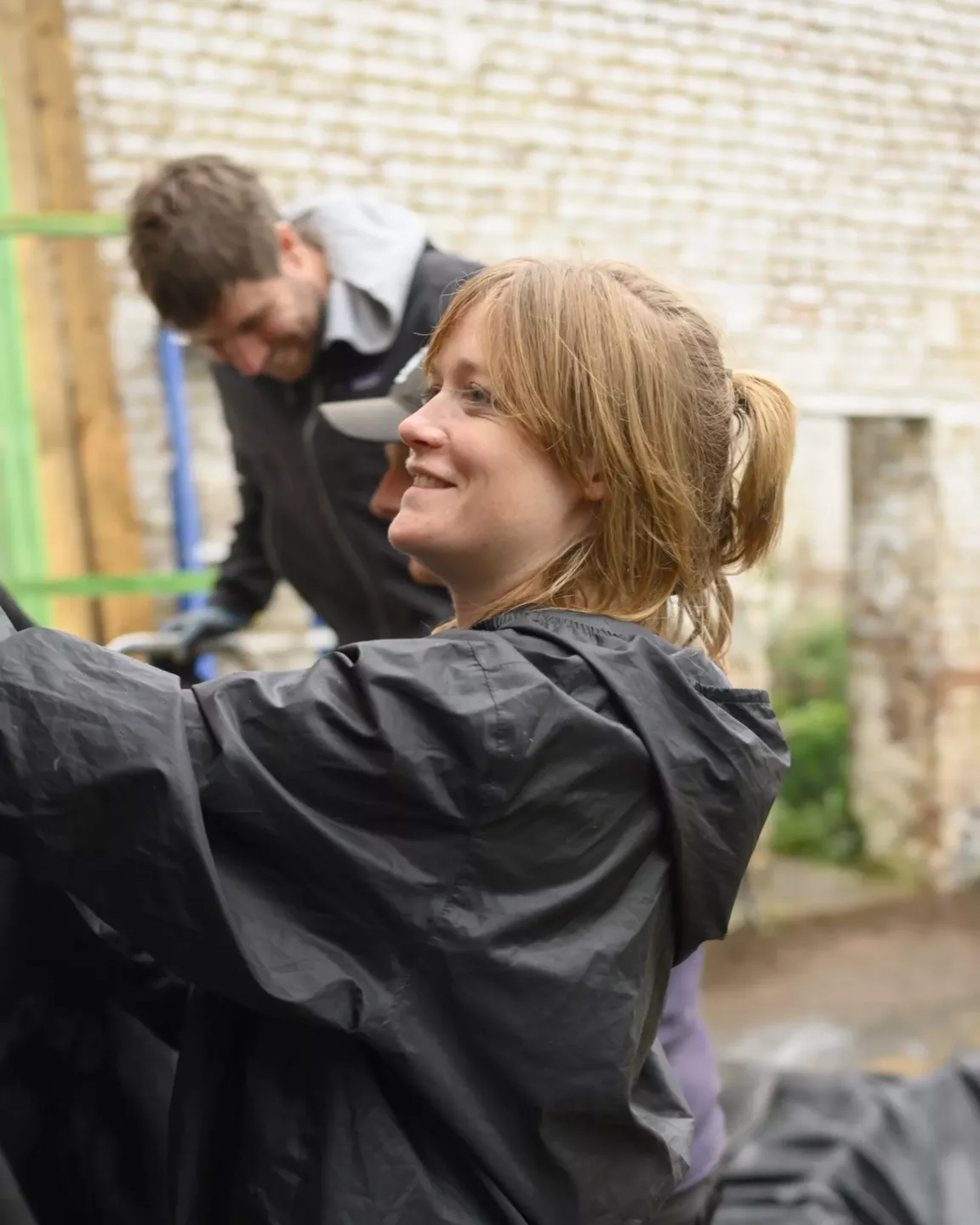
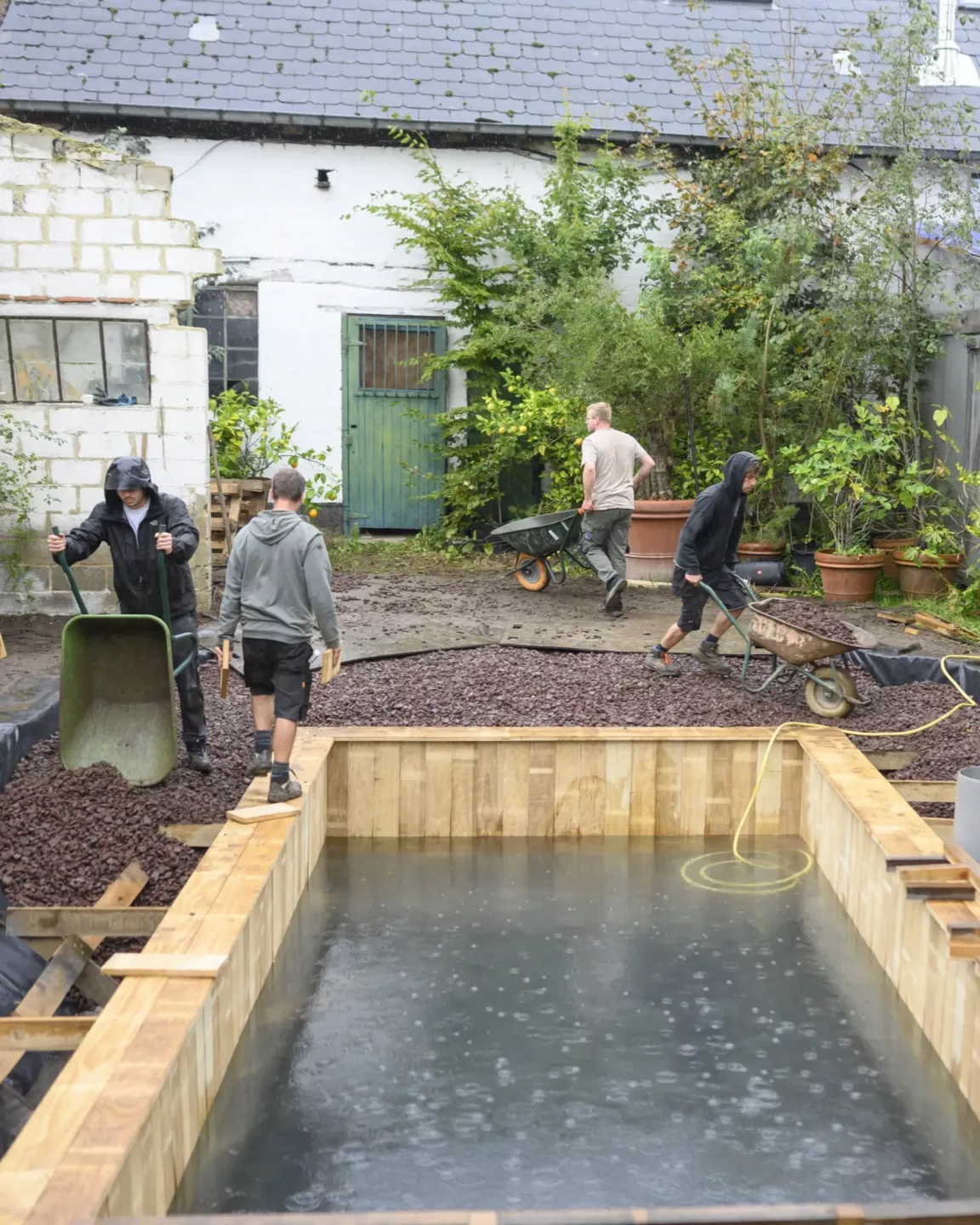
Co-Creating Our Shared Work Environment
Our workspace is a collaborative environment—one we continuously shape and redefine together. By designing and building it collectively, the space becomes a living connector between different organizations and the people who inhabit it.
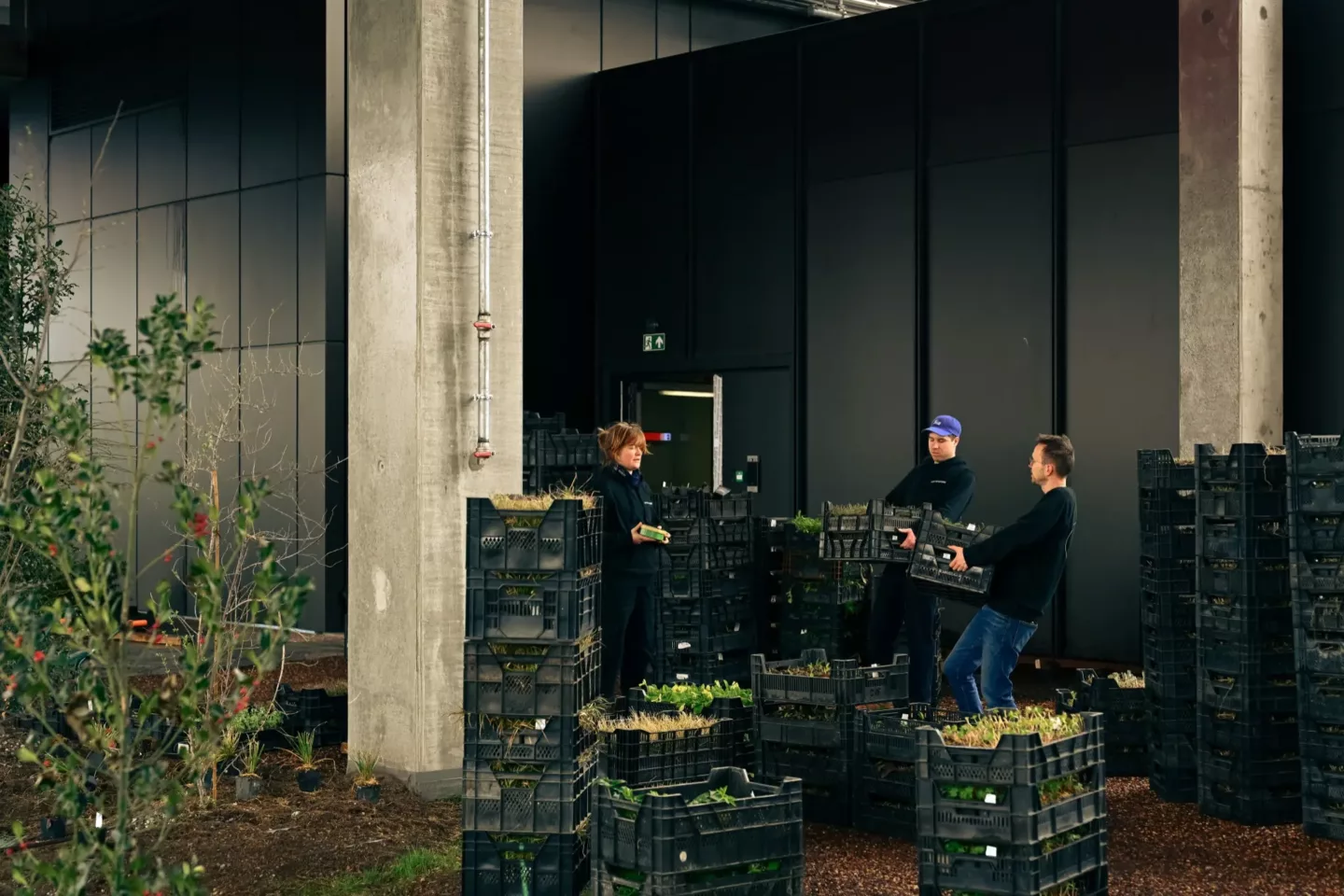
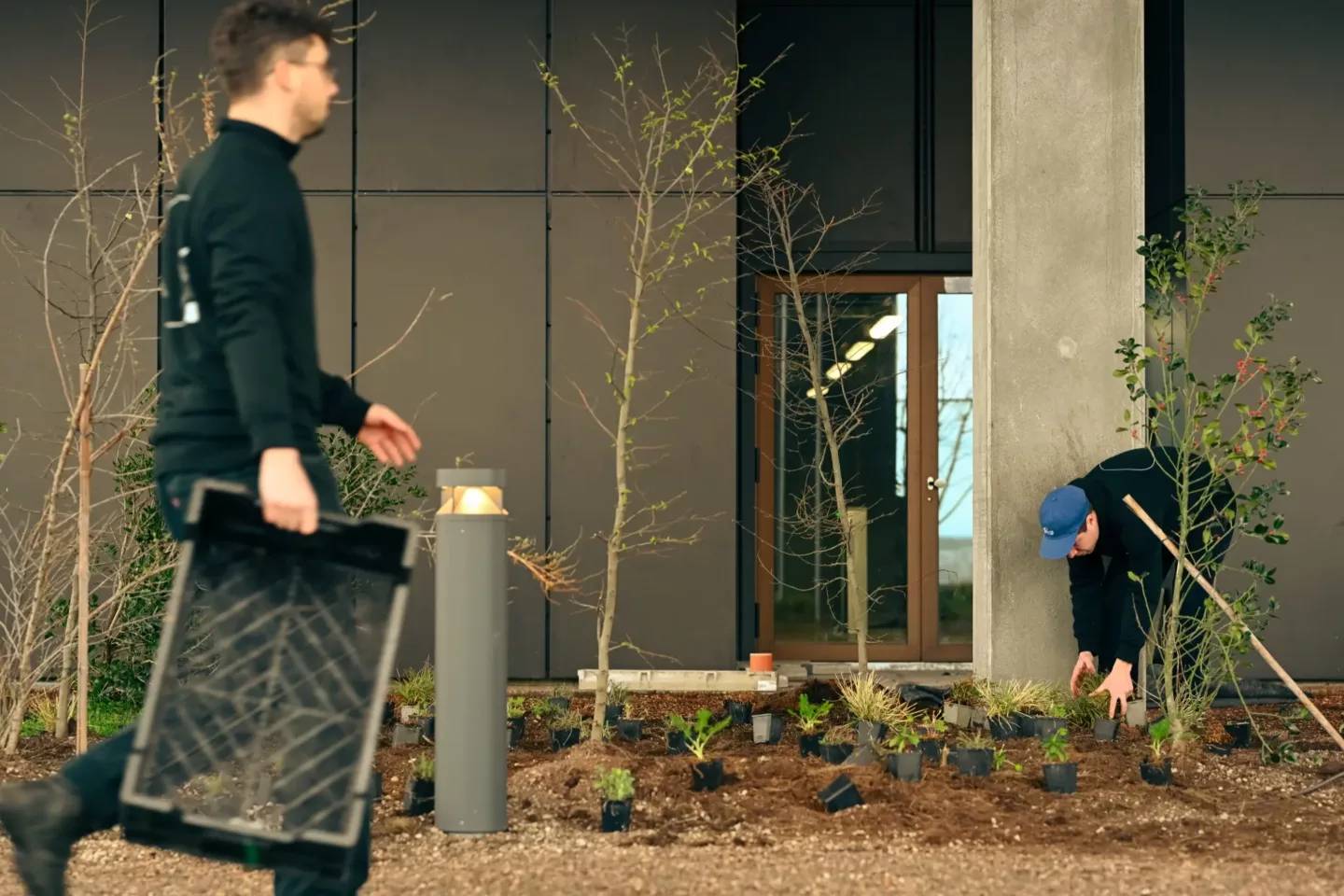
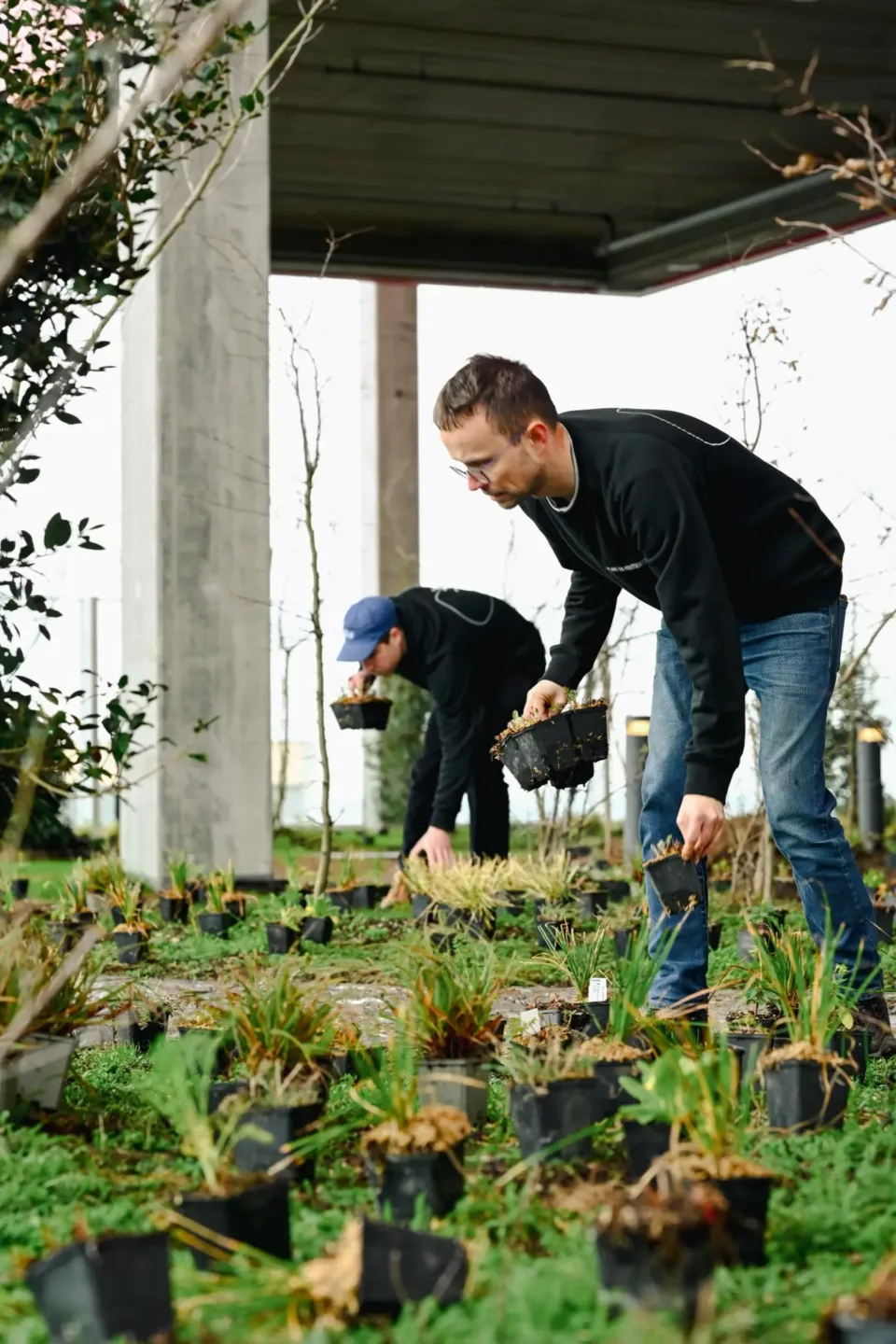
Reconsidering the Role of the Landscape Architect
Designing self-sustaining ecosystems and encouraging resilient, self-willed nature calls for a more subtle and humble approach. It requires us to observe, understand, and guide natural processes rather than impose upon them.
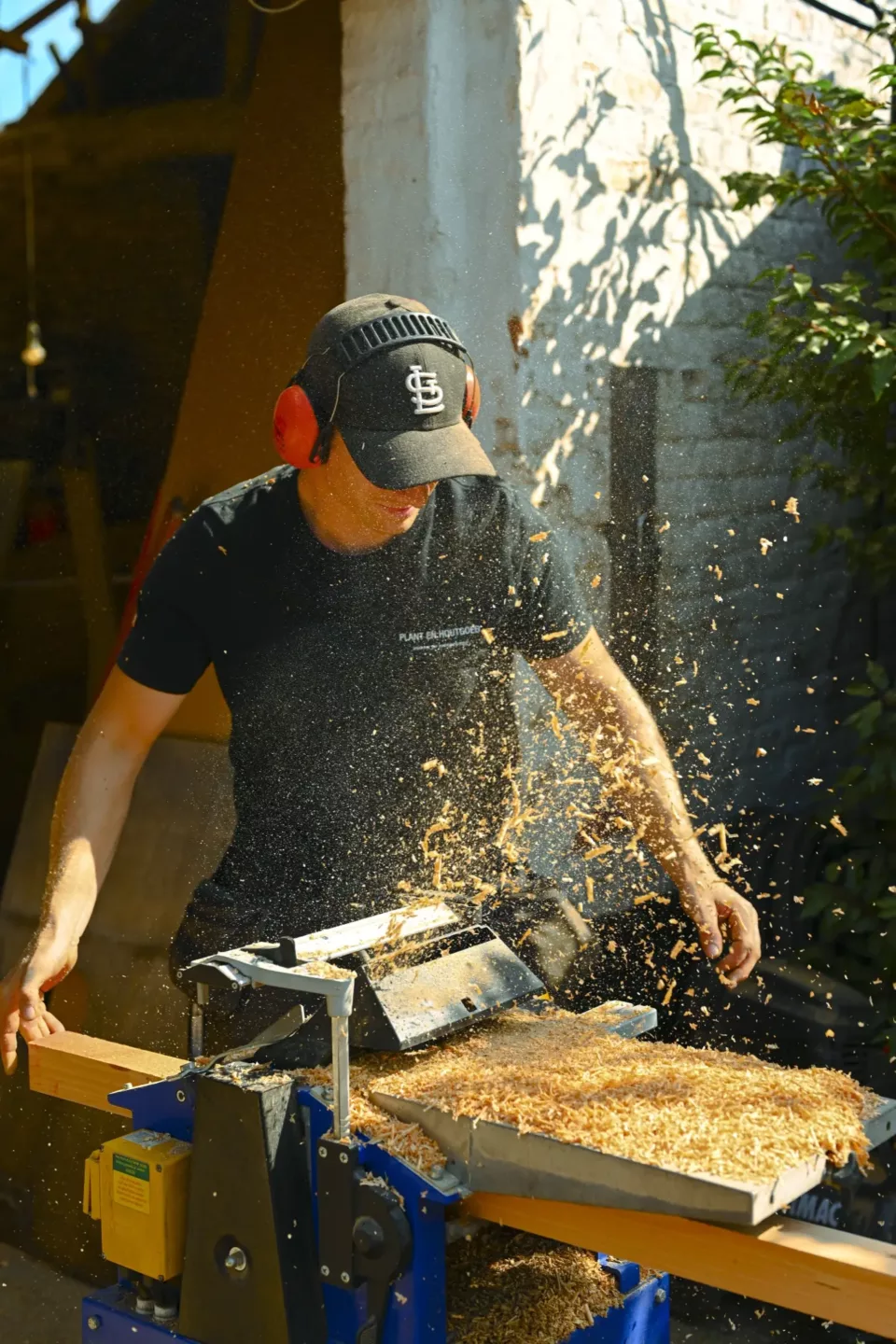
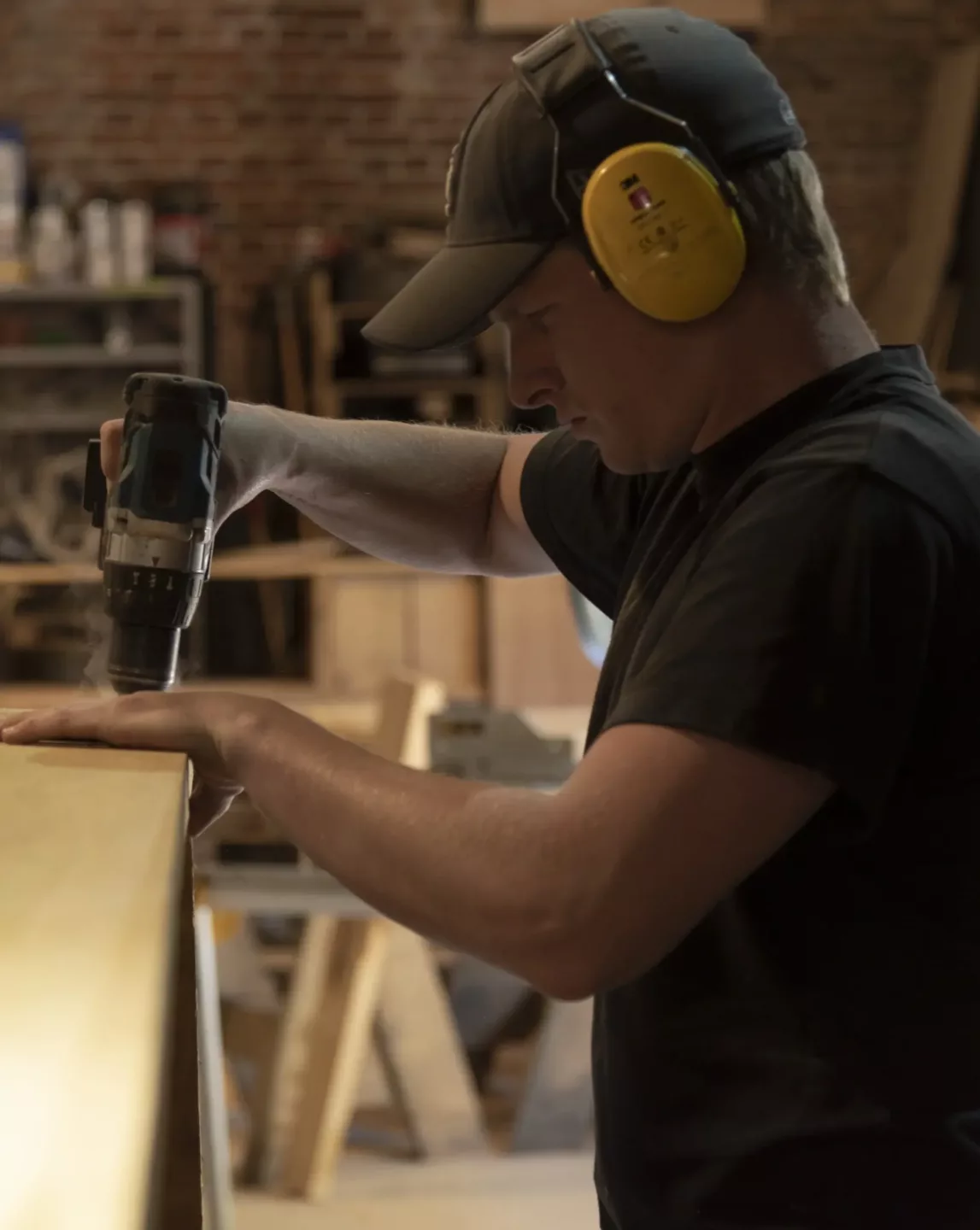
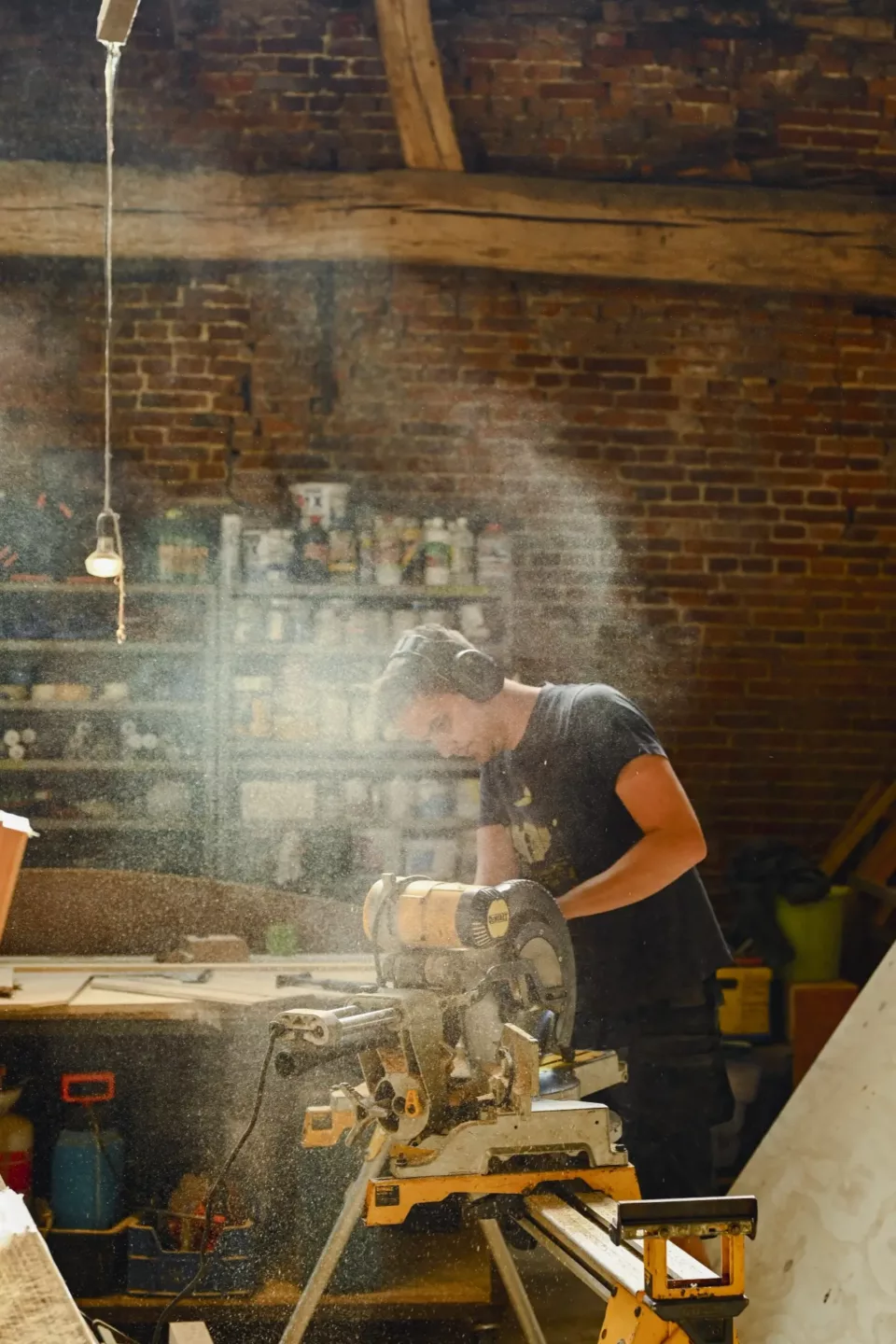
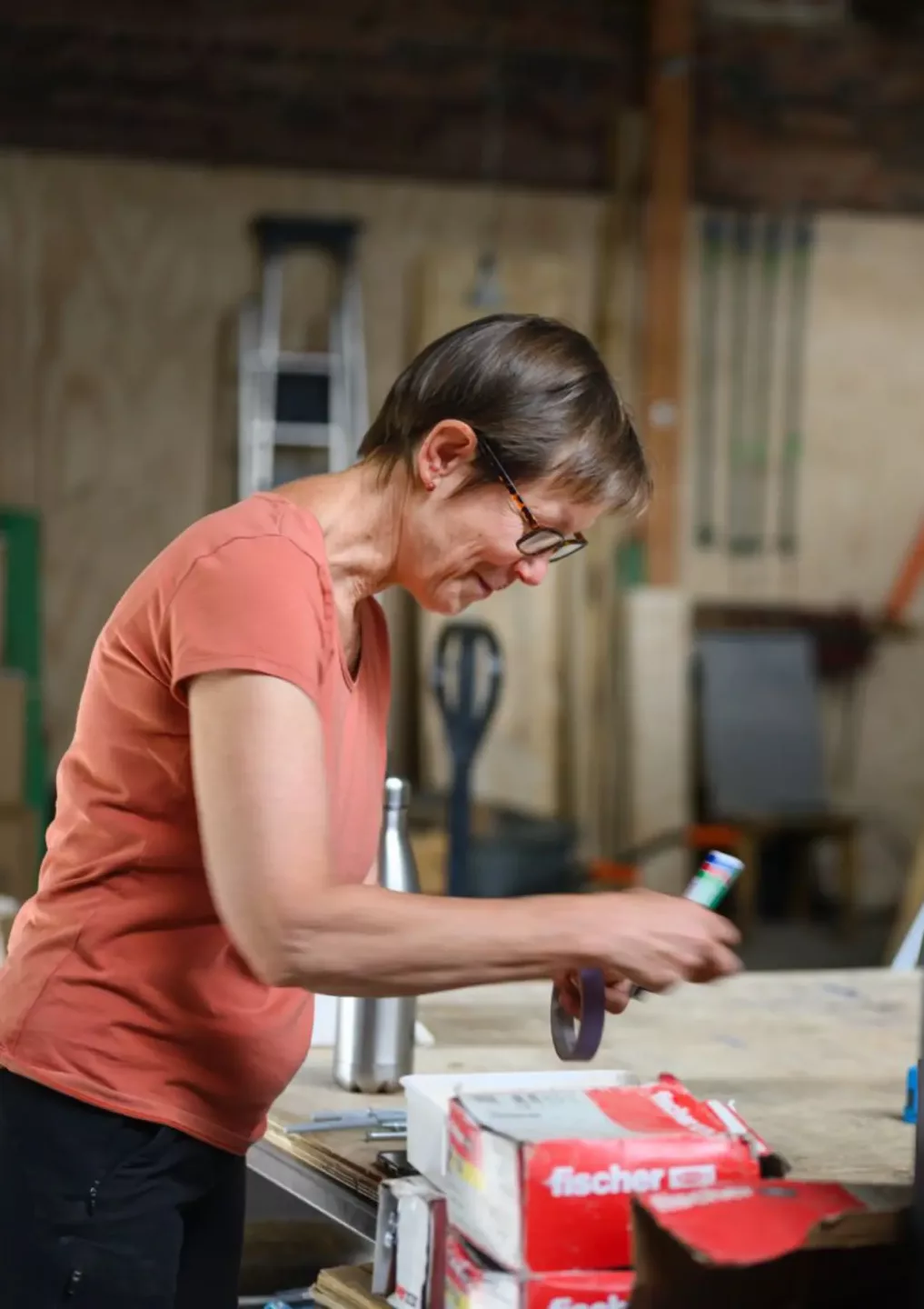
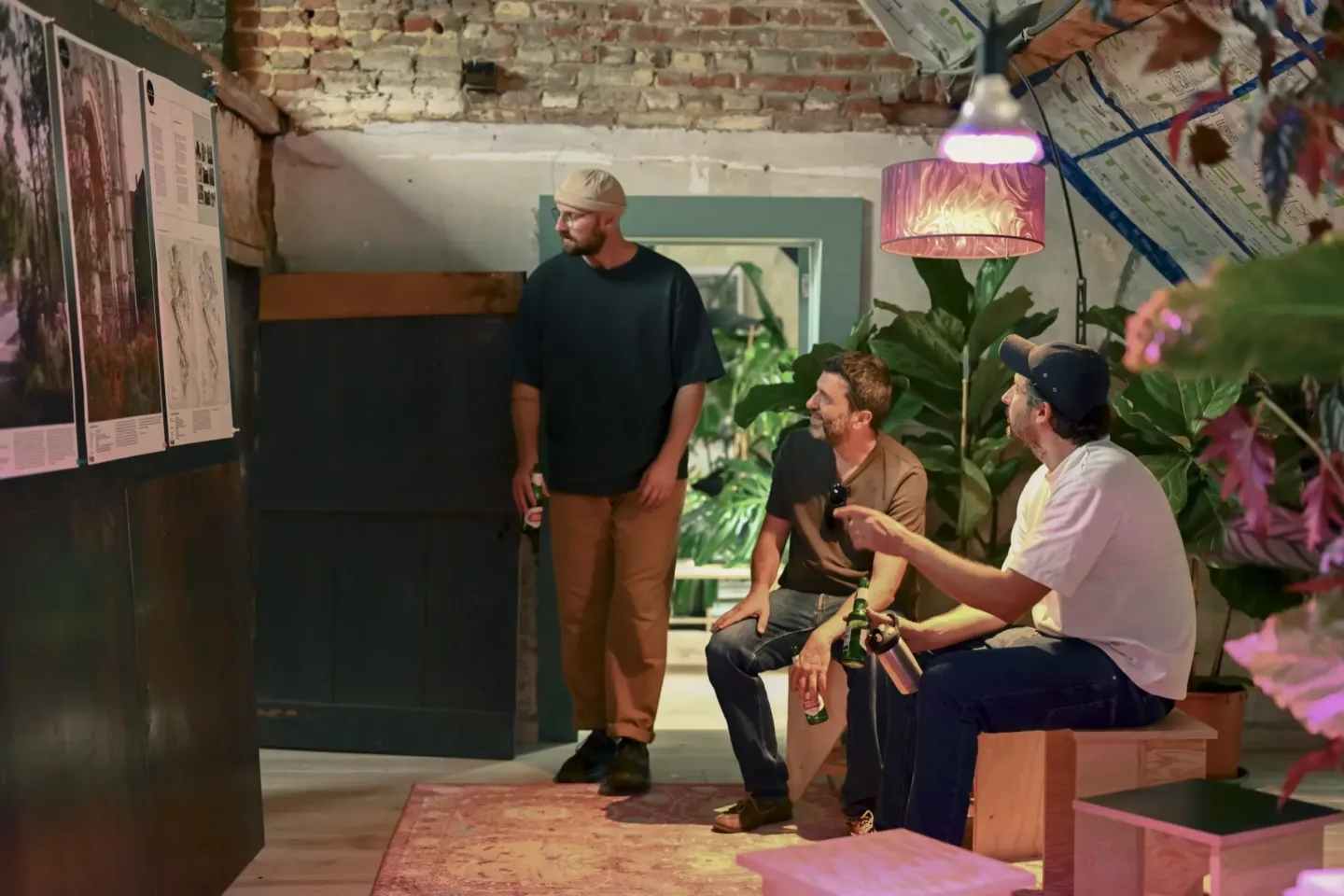
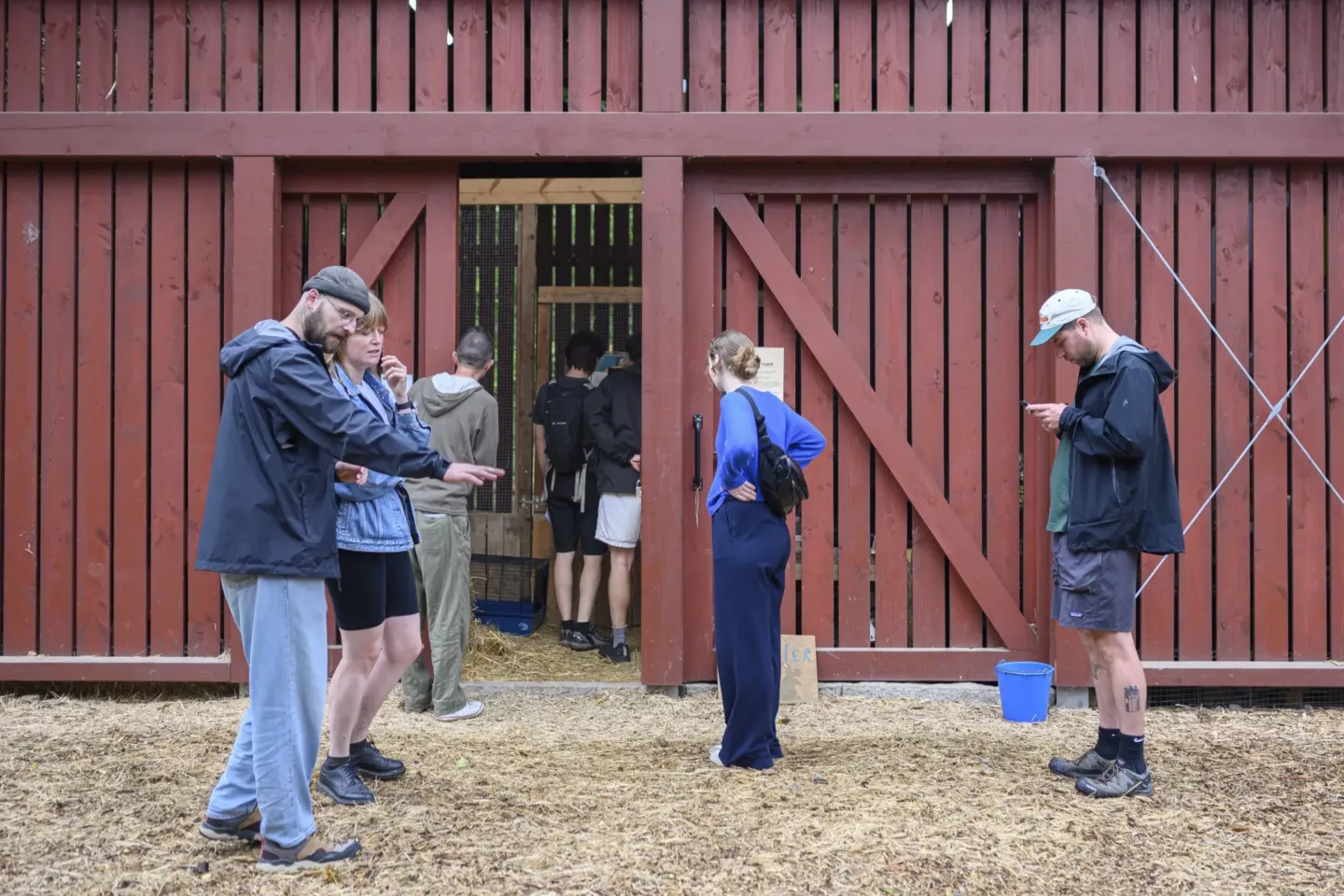
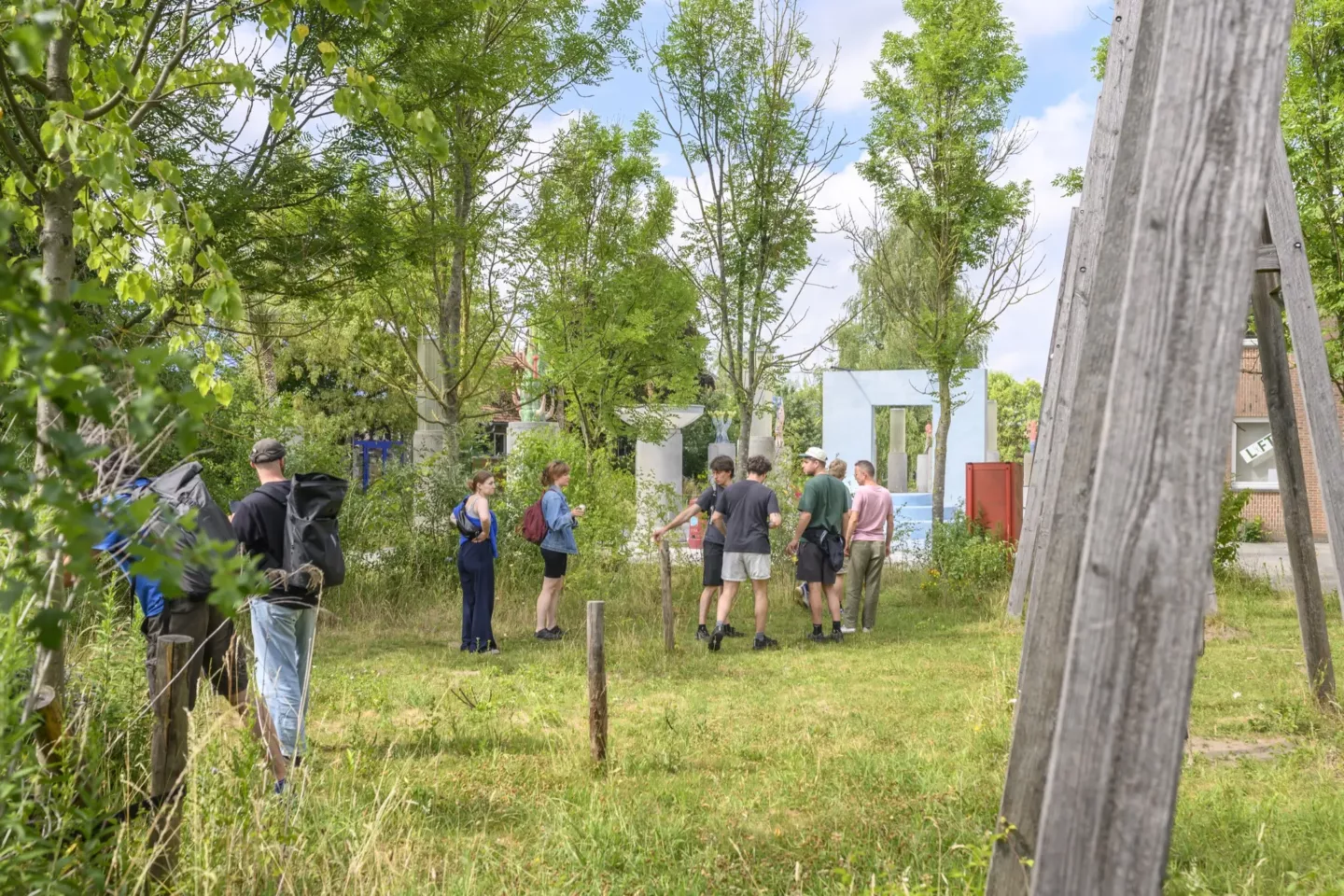
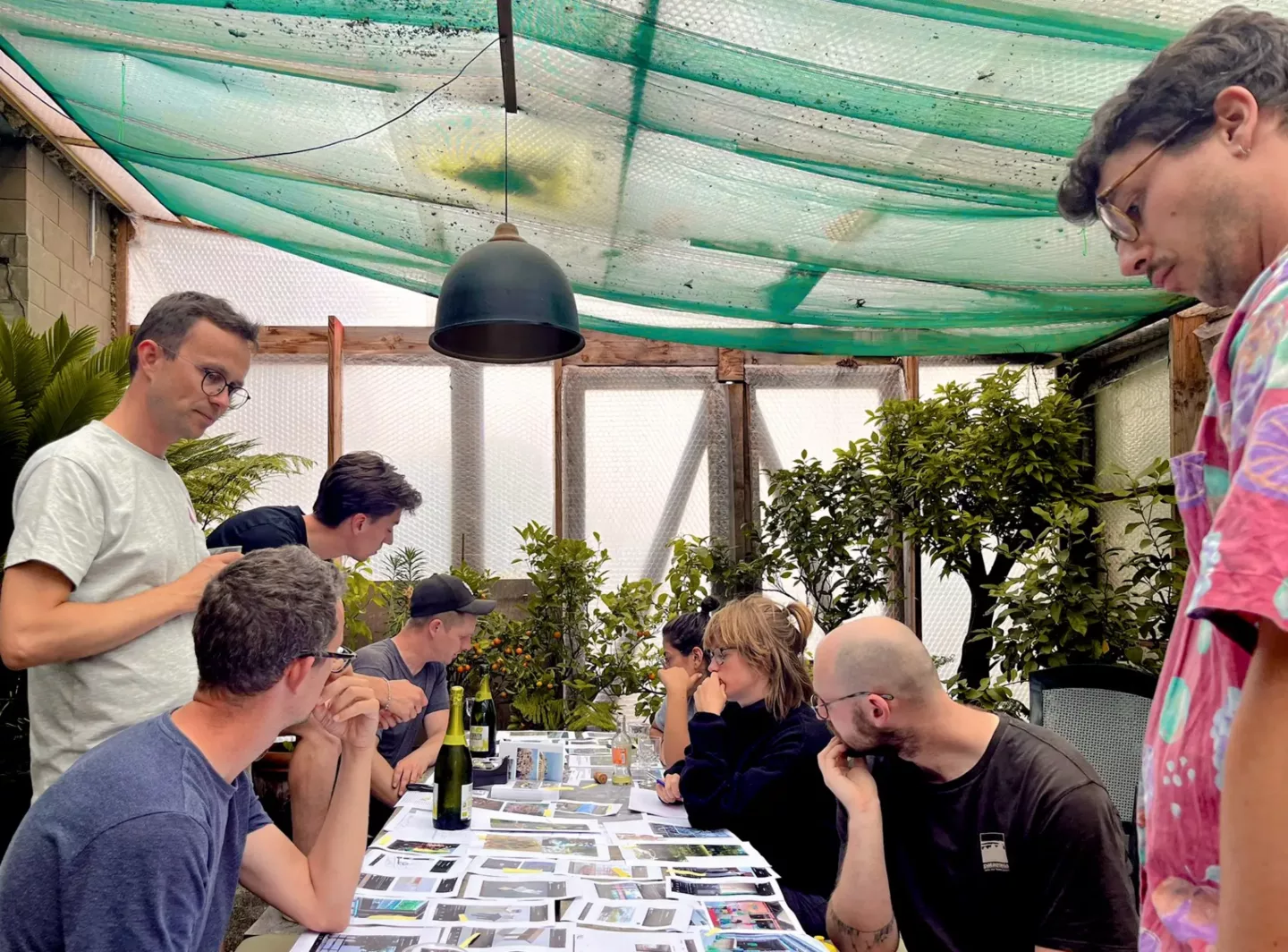
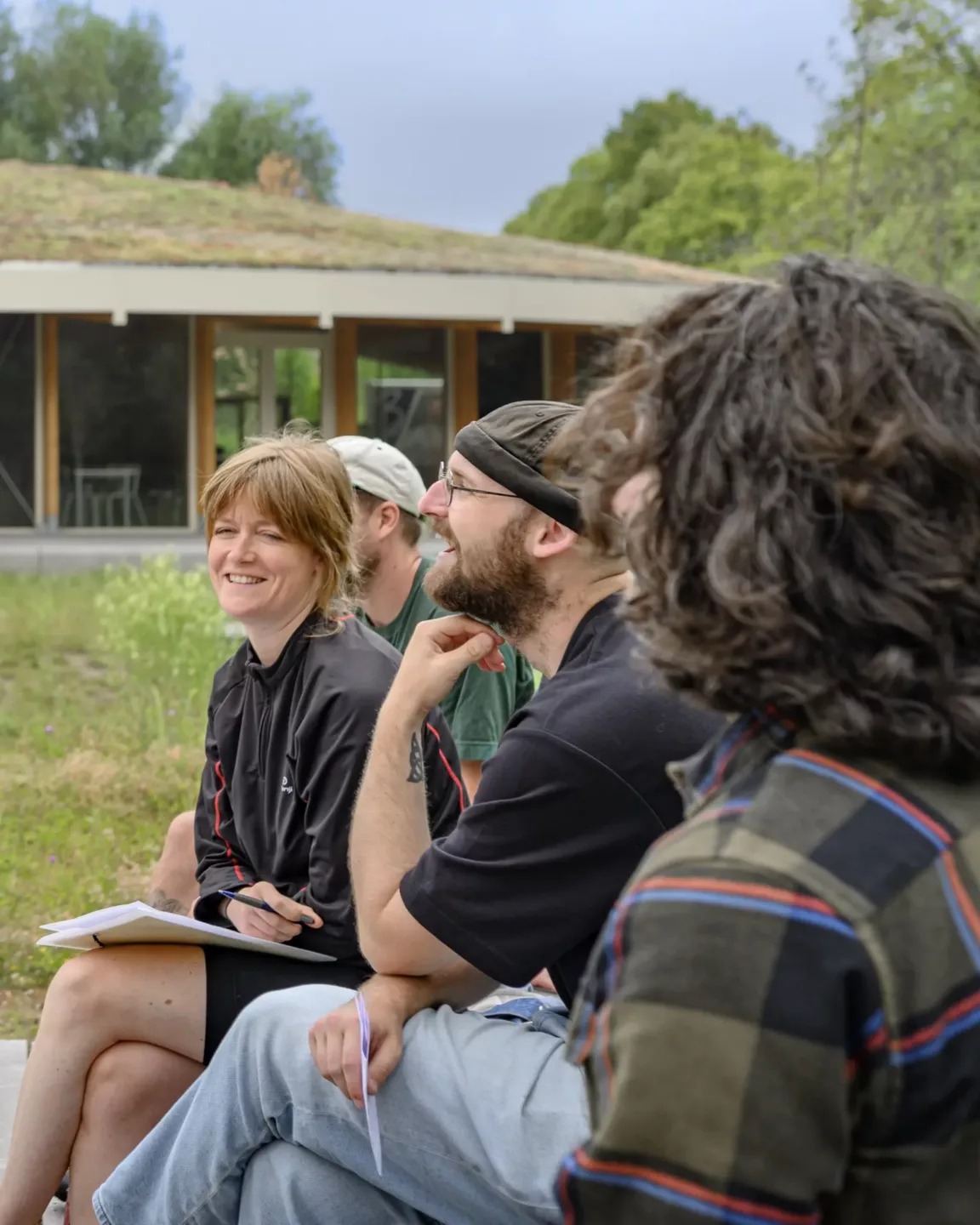

Collaboratively Advancing Our Practice
We view the pursuit of higher environmental, social, and biodiversity standards as a collective responsibility. Through shared experimentation and research, we embed this ambition into our organizational culture.